Photos and text by George Nobechi
Japan, high on the bucket list for many travelers due to its popular culture, food, history and art, but often unaffordable for many or overcrowded for others, is now in a “sweet spot” to visit.
Japan was among the countries that took longer to reopen to foreign travelers after COVID pandemic closures, finally welcoming visa-free tourism in October 2022. And the first foreign tourists to return to historically expensive Japan have found a much more affordable country to visit.
The Japanese yen has weakened against all major currencies: In March 2020, as the pandemic began to spread, the yen averaged 107.54 verses the U.S. dollar. But since then, due in large part to the difference in interest rates between Japan (near zero) and the rest of the world (rising rates), the yen is now sitting around 134 to the U.S. dollar, meaning you can essentially think of it as a “25{0b5b04b8d3ad800b67772b3dcc20e35ebfd293e6e83c1a657928cfb52b561f97} off” sale on Japan compared with the prices before the pandemic. In a post-pandemic inflationary world, few things are cheaper these days, but travel in Japan is one of them.
Given the weakness in the yen, one would expect tourists to have returned in droves, but that hasn’t happened yet. The first three months since Japan’s reopening (October to December 2022) saw 2.8 million foreign visitors compared with just 55,000 in the same period of 2021, but in 2019, it was 7.5 million.
Though major cities such as Tokyo and Kyoto will continue to see the majority of visitors in 2023, many rural areas that had been popular destinations prior to the pandemic have used the time off to create more immersive initiatives and experiences for visitors, both domestic and foreign. For many of these tourism-dependent areas, adapting to the “new normal” was essential to their survival. The Japanese government also created incentive programs to encourage domestic residents to rediscover their homeland, and there has been a noticeable increase in Japanese tourists visiting areas that they had previously skipped.
Below are some of the most beautiful locations around Japan to see right now.
Gokayama
Gokayama is a cluster of farming villages deep in the mountains of Toyama in central Japan. Along with the more famous Shirakawa-go in neighboring Gifu, it is part of an UNESCO World Heritage site known for its traditional way of life and its A-frame houses with steeply pitched thatch roofs designed to survive heavy winter snows. Some of these houses have been converted into guesthouses.
The villages invested in adding COVID-19 preventive measures in the guesthouses as well as in reducing capacity. They also began to offer English lessons to residents in preparation for the return of English-speaking visitors.
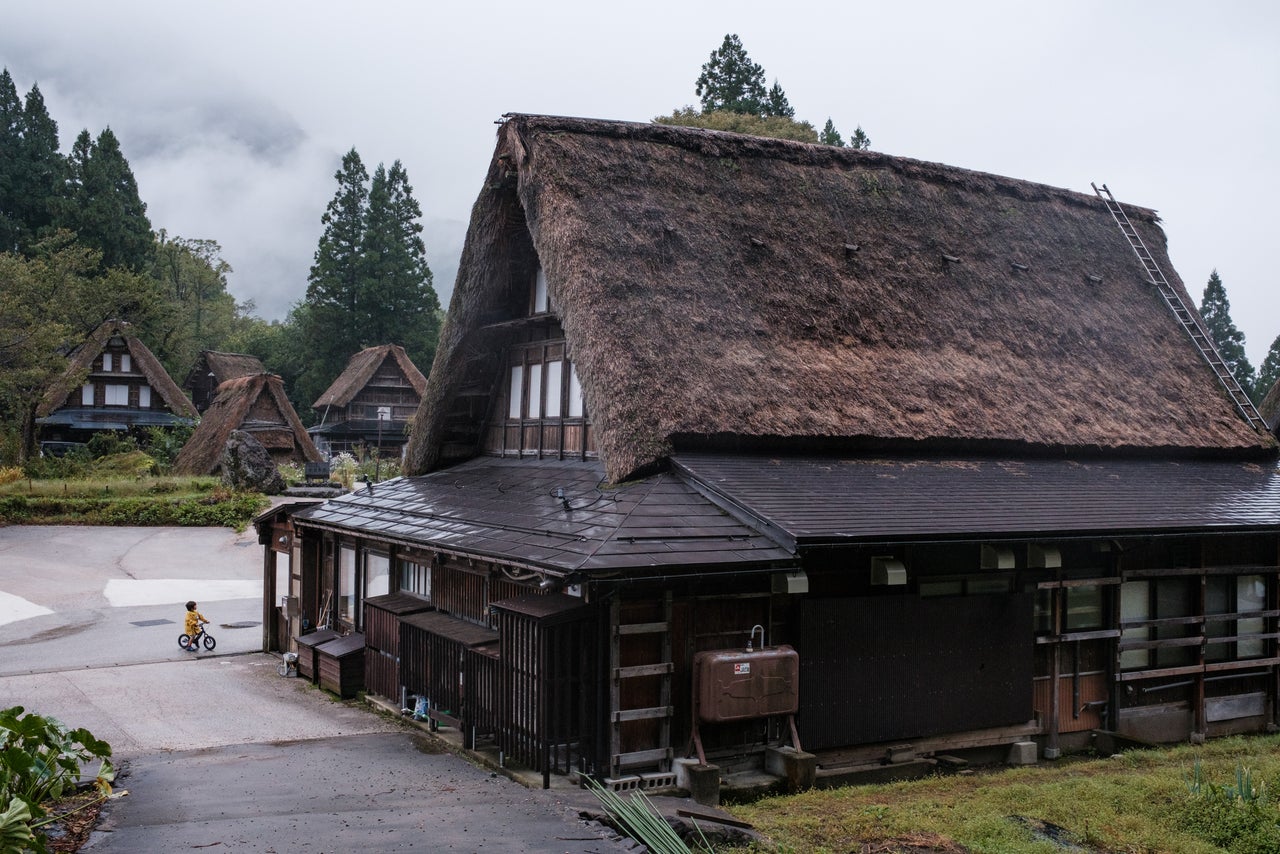

According to Yukie Yamazaki, the spokesperson of the Gokayama Tourist Information Center, before the pandemic, 70{0b5b04b8d3ad800b67772b3dcc20e35ebfd293e6e83c1a657928cfb52b561f97} of visitors who stayed in the guesthouses were foreigners; in recent days, though the total number of visitors has returned to 70{0b5b04b8d3ad800b67772b3dcc20e35ebfd293e6e83c1a657928cfb52b561f97} of pre-pandemic levels, the villages have started to appeal to Japanese travelers as well, leading to a more authentic experience for all visitors.
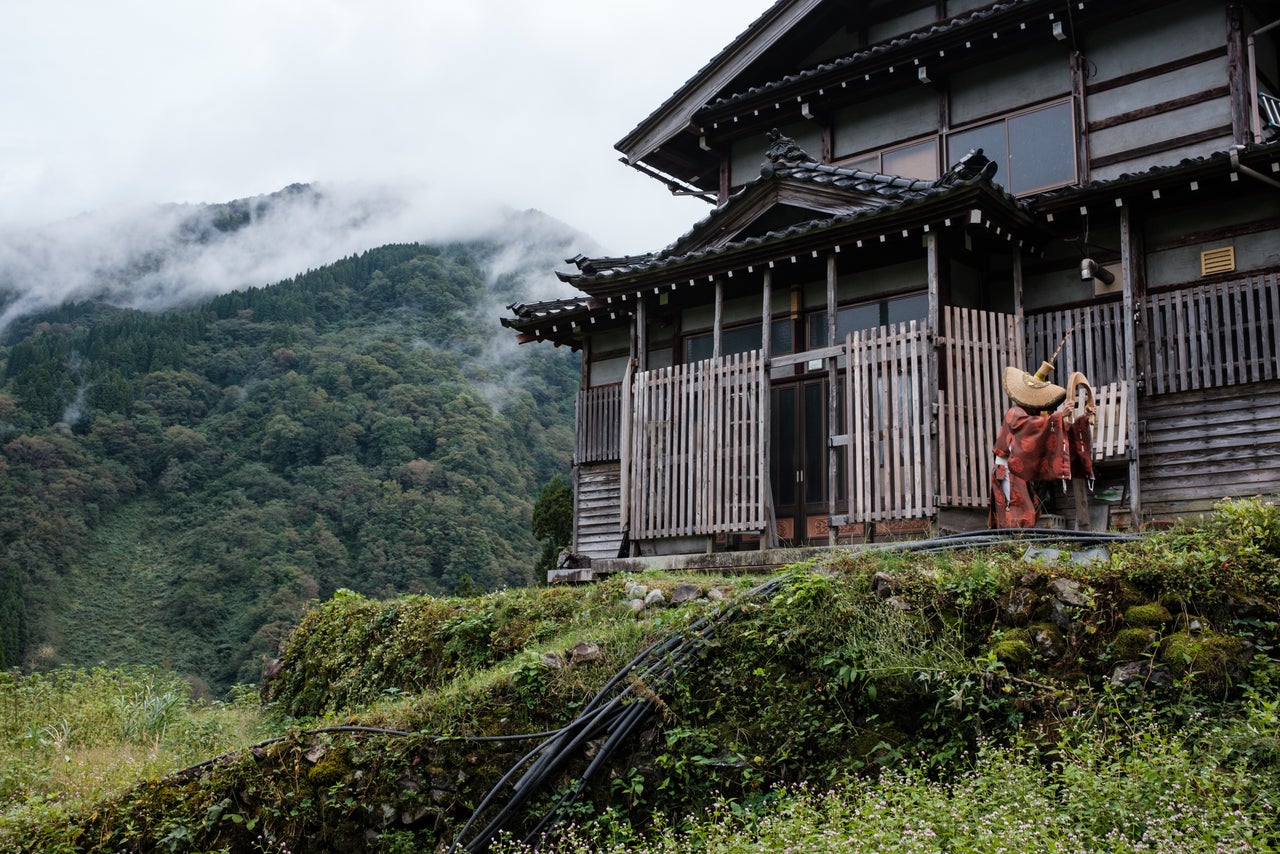
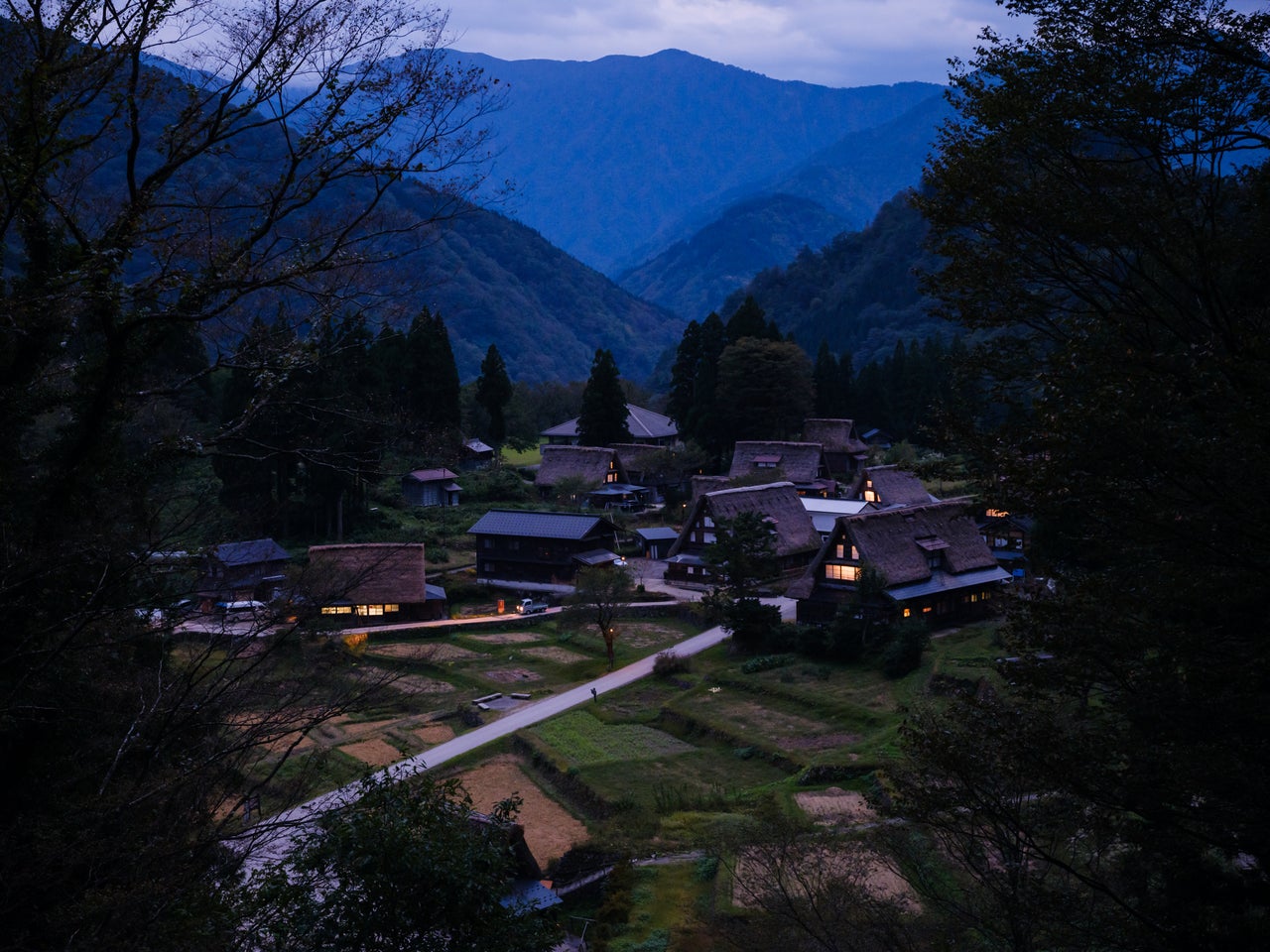
In addition to the appeal of disconnecting by staying in a quiet, historic village, activities include washi paper-making and attending traditional Kokiriko dance and music performances.
Karuizawa
Karuizawa is a mountain resort about 65 minutes northwest of Tokyo by bullet train that has long been the apple of affluent Japanese travelers’ eyes. Once a “rest stop” on the old Nakasendo Trail that linked Kyoto and Edo (present-day Tokyo), Karuizawa was relaunched in the late 1800s as a place for Canadian missionaries to get away from Tokyo’s summer heat, and it has held a great appeal to summer home owners, celebrities including John Lennon and Yoko Ono, and regional artists. Known primarily as a place to “get away,” the town has refocused on the remote worker, investing in designer co-working spaces and housing opportunities to cater to a new class of traveler who can work from anywhere while simultaneously creating art experiences, such as outdoor festivals, to appeal to visitors.
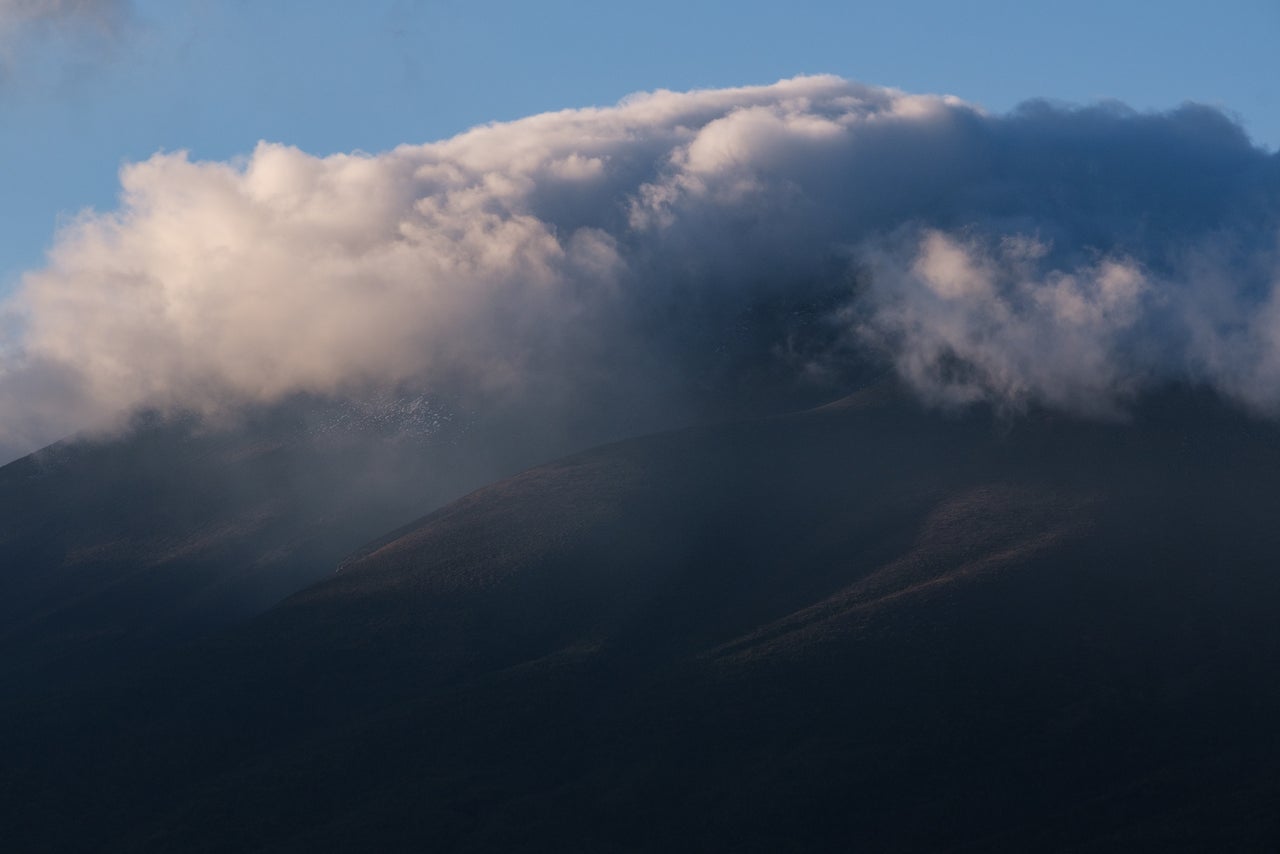
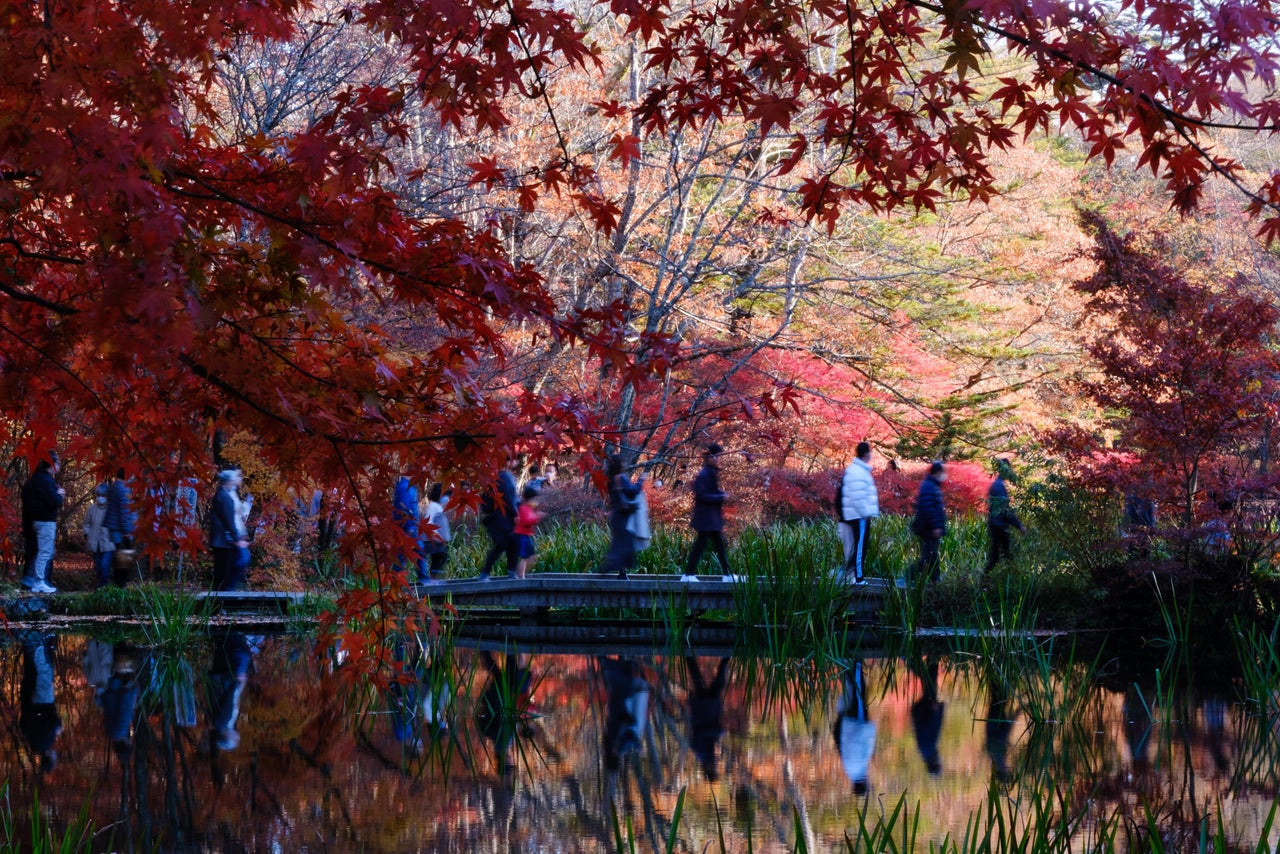
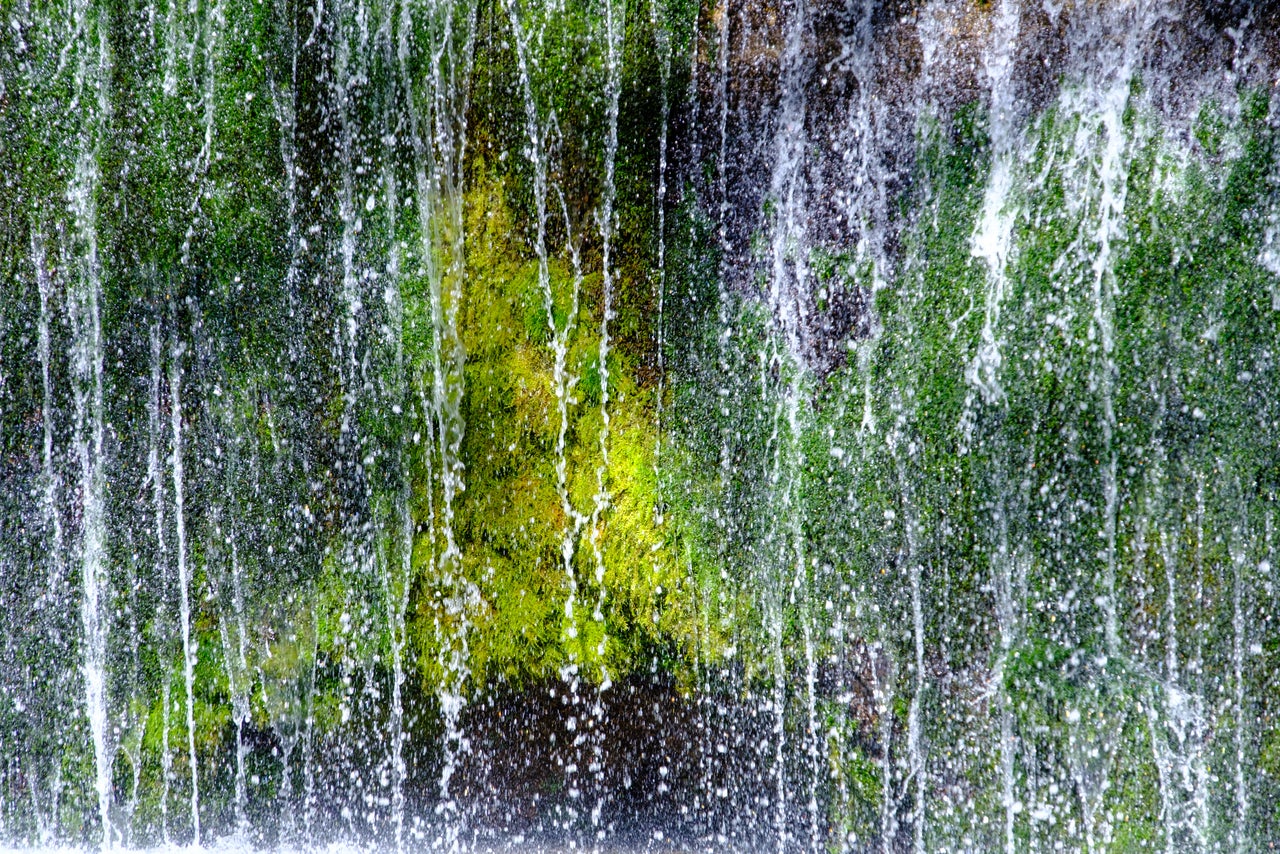
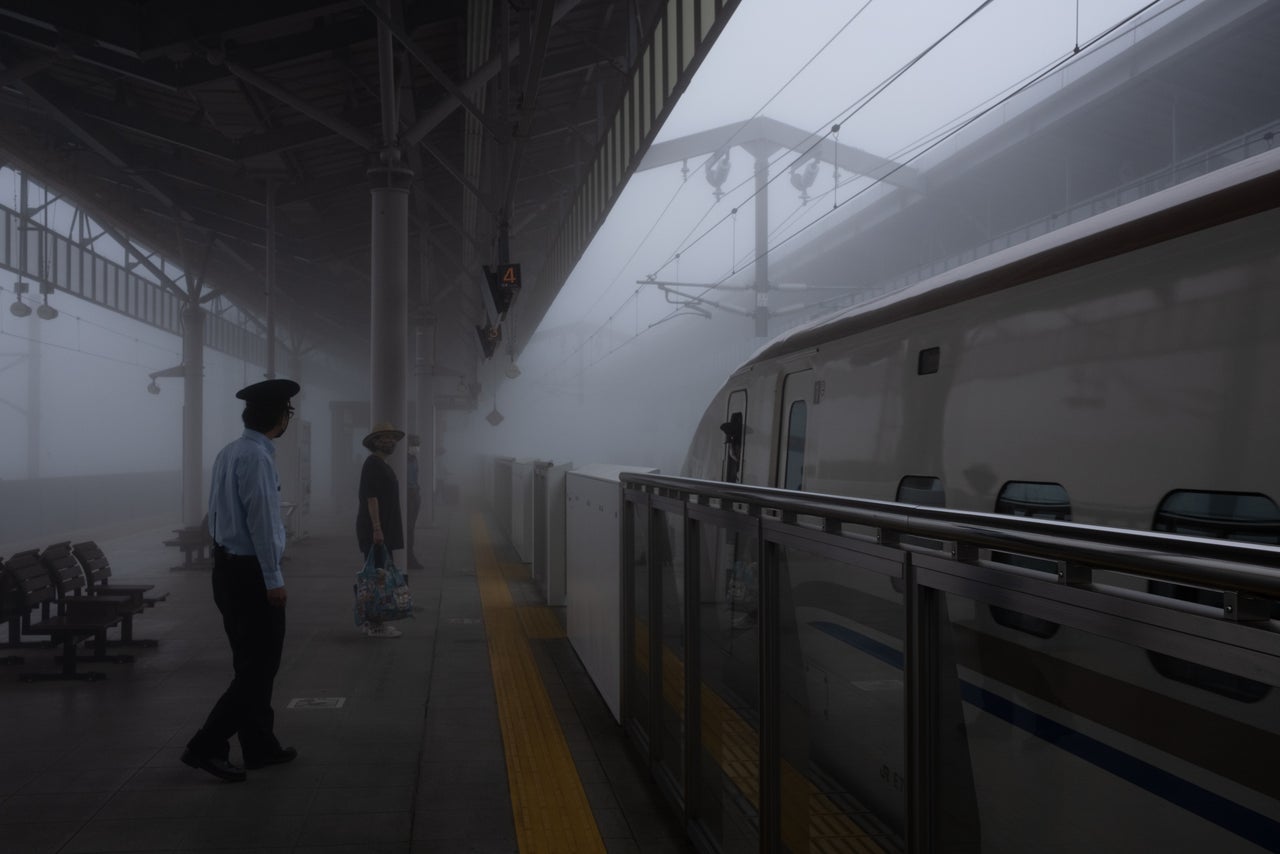
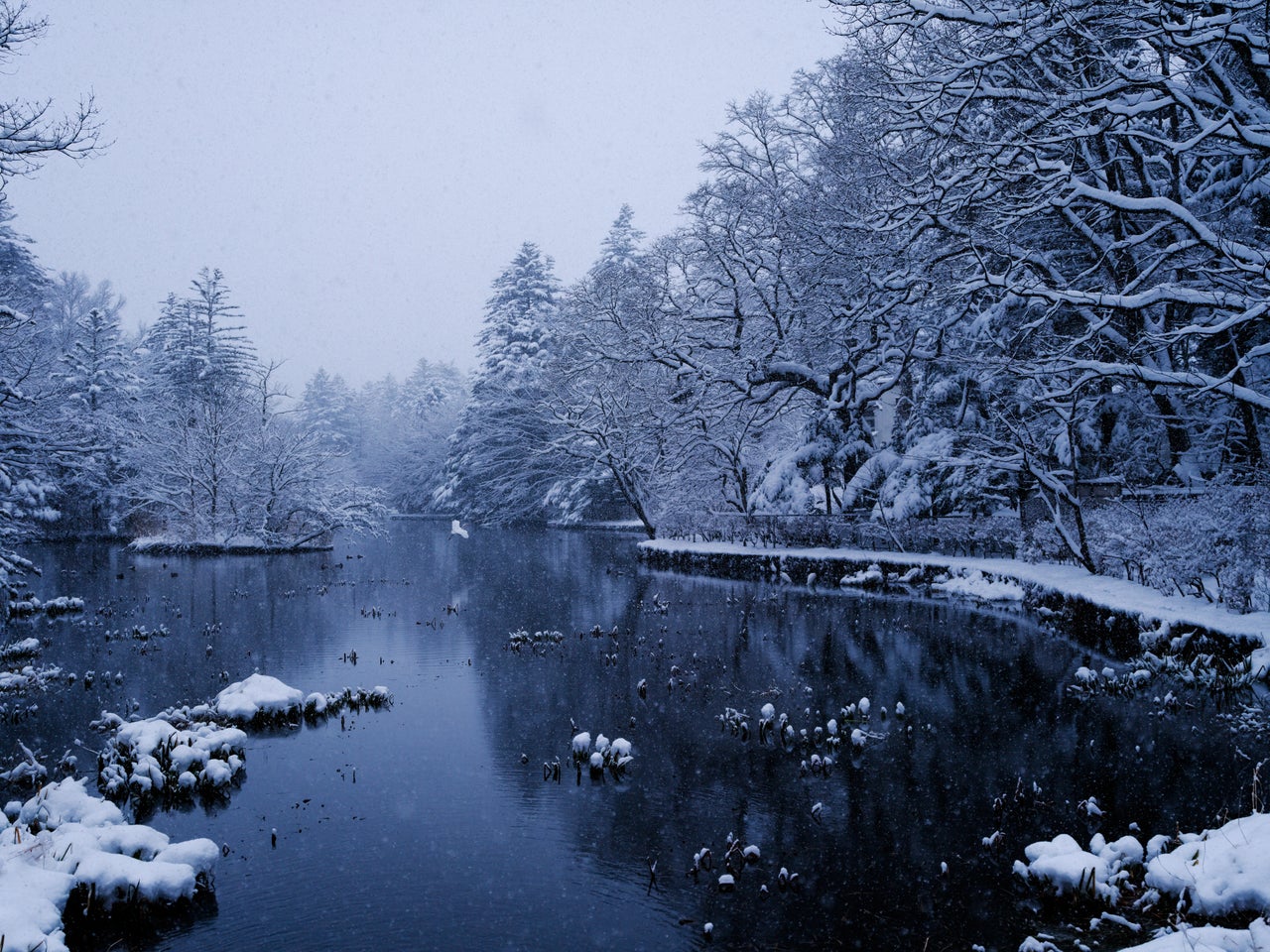
Naoshima, Shikoku and the Seto Inland Sea
On the subject of art experiences, few places have garnered as much attention as the “art islands” of the Seto Inland Sea, headlined by Naoshima and Teshima. Museums and art installations are interspersed through these walkable, ferry-networked islands between Kagawa Prefecture in Shikoku and Okayama on the mainland. Although the museums and facilities themselves are not new, installations and updates are constant, and a triennial international art festival has further cemented its status as an art mecca.
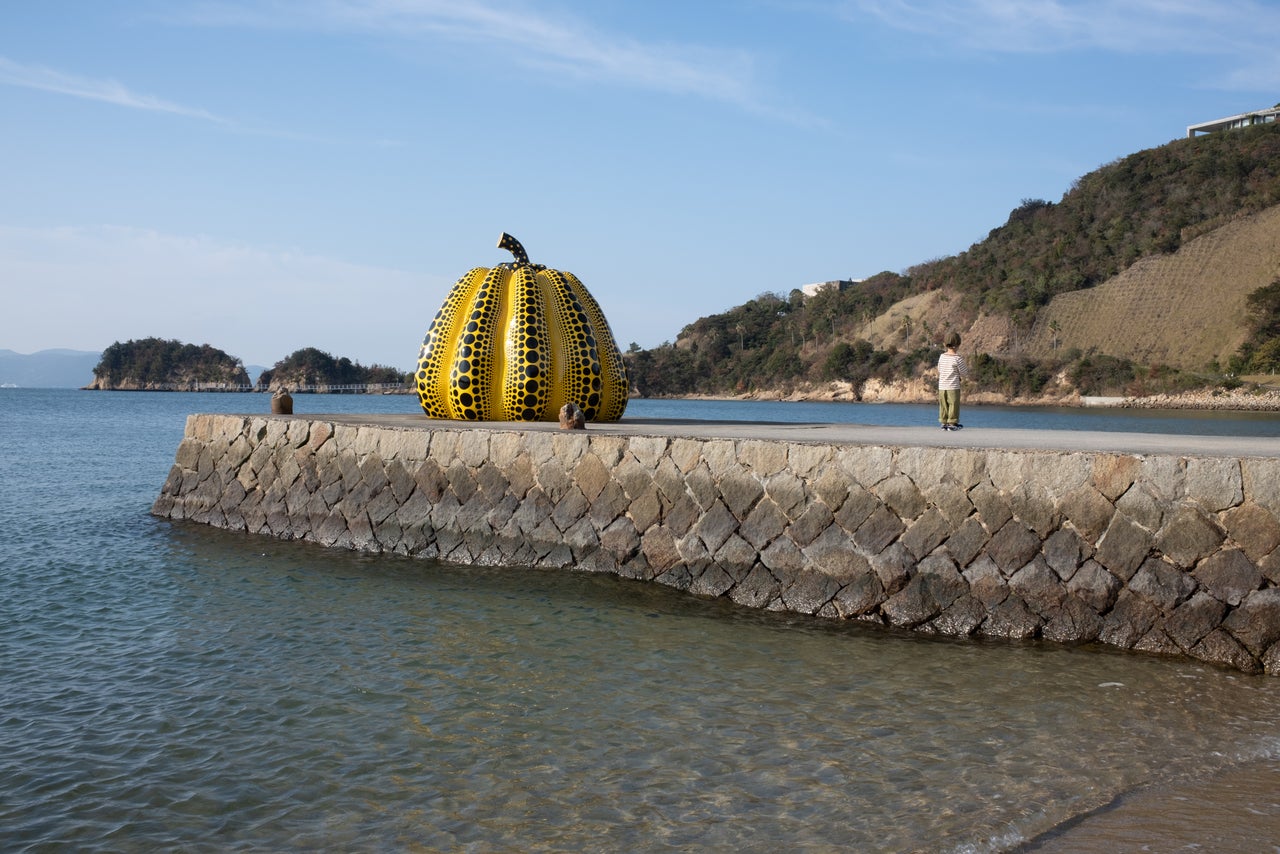
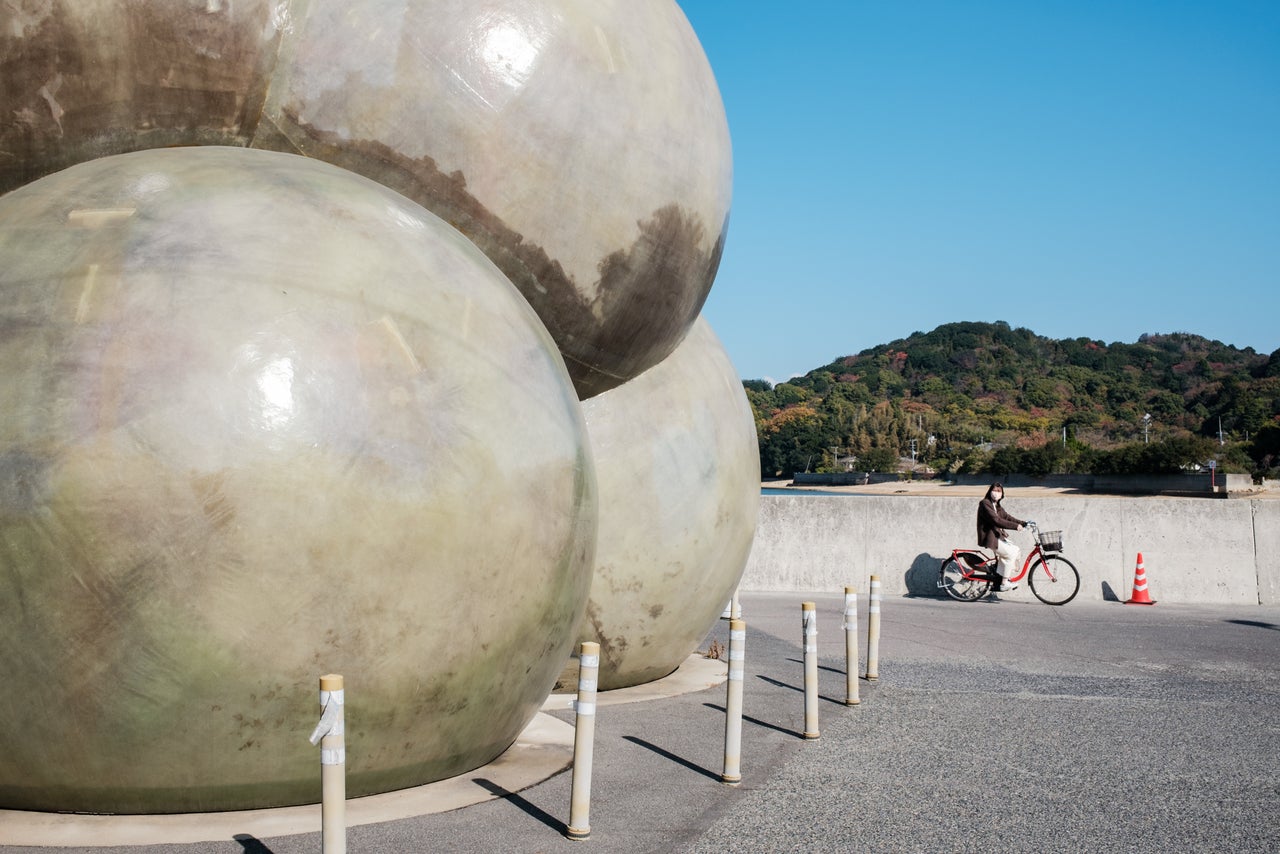
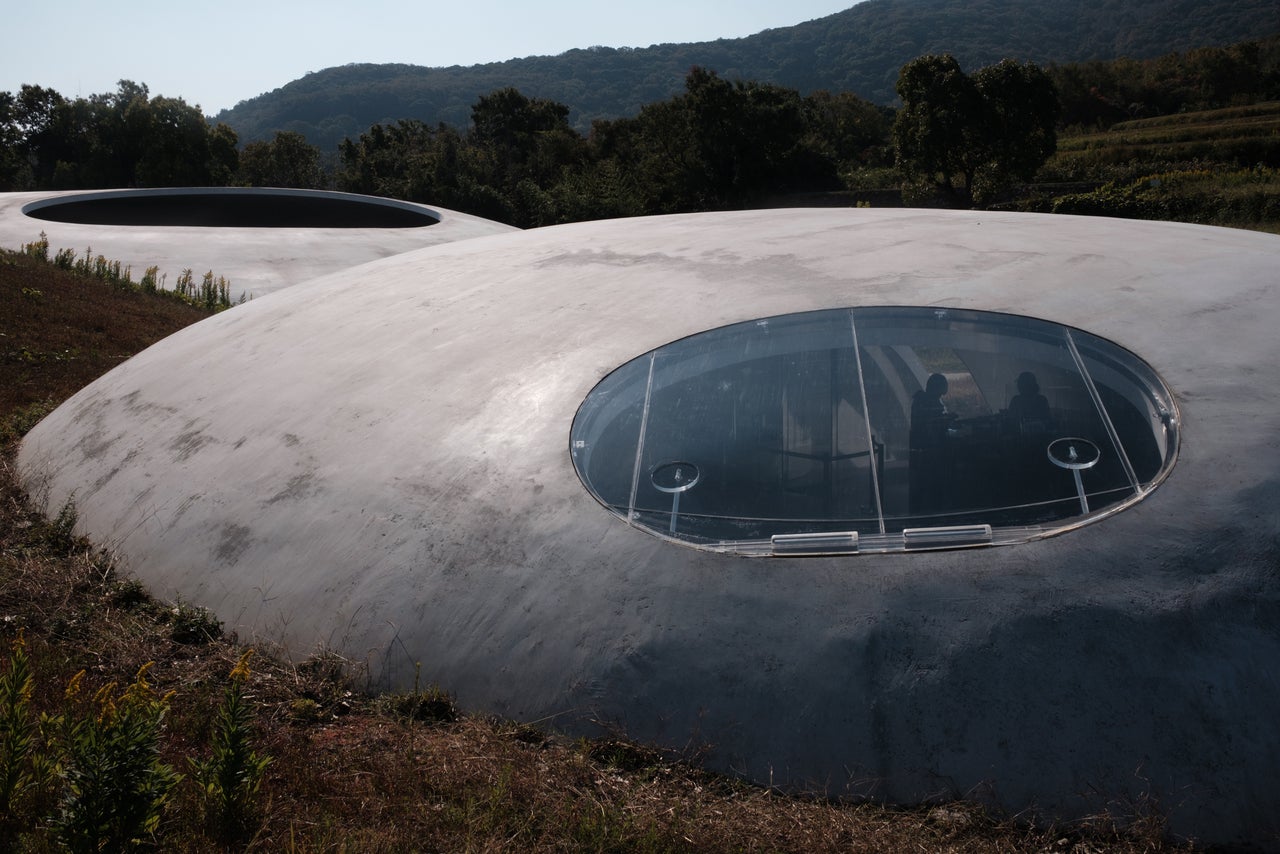
When visiting after the triennial in late 2022, the islands still remained quiet compared with the days before the pandemic. On a warm and sunny afternoon in Naoshima, a drive past the freshly restored Yayoi Kusama pumpkin sculpture that had been destroyed by a 2021 typhoon, saw one lone visitor posing for a selfie. On a 2019 visit at the same time of year in a torrential downpour, there was a 20-minute wait for people in line to take pictures with the polka-dotted gourd.

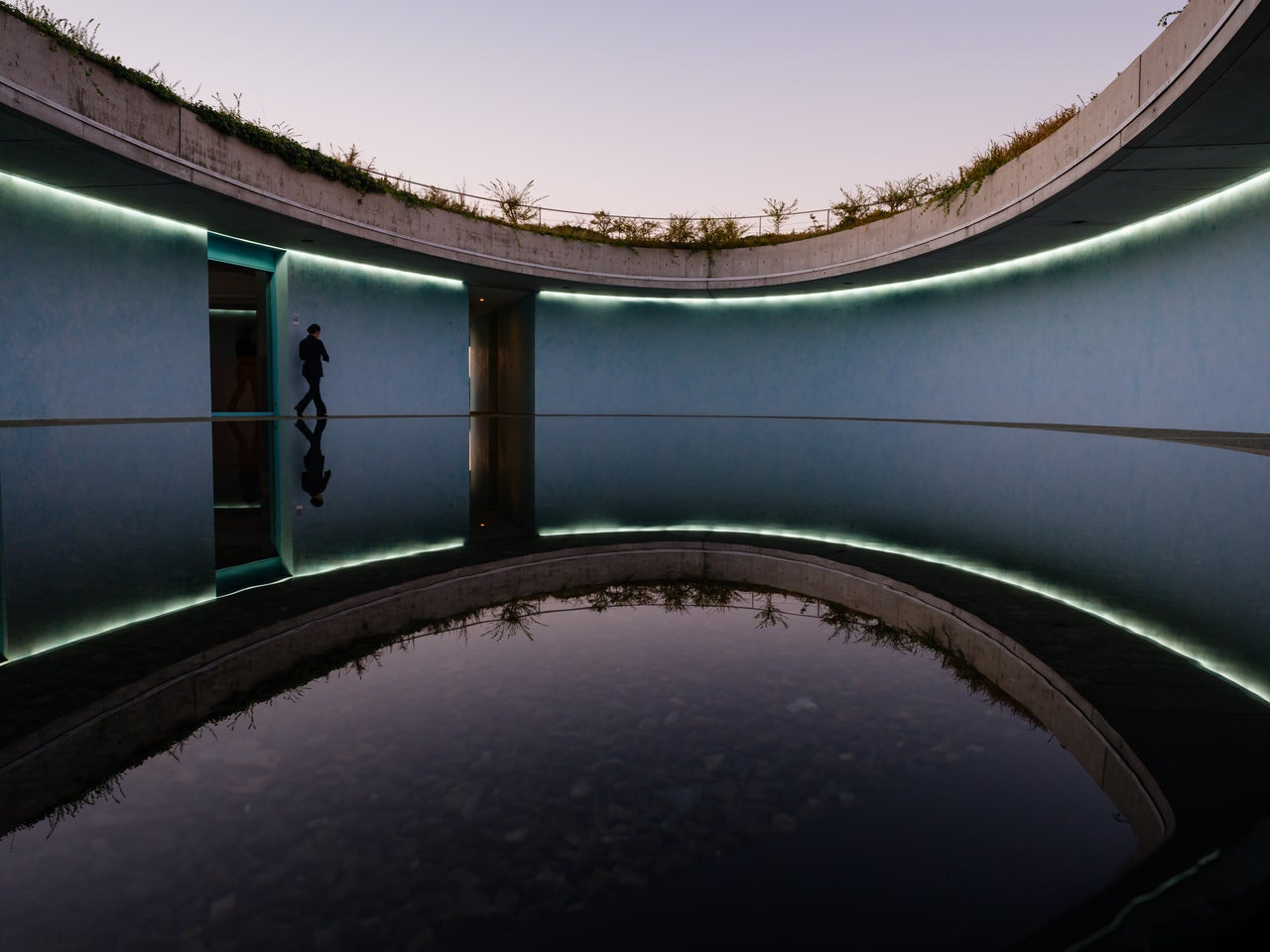
An overnight stay at the Benesse House Museum allows one to explore after hours ― one other lone visitor and I had the run of the museum to ourselves, which features artists including Bruce Nauman, Hiroshi Sugimoto, Jennifer Bartlett and David Hockney. “A night at the museum” in every sense of the word, it is an otherworldly experience.
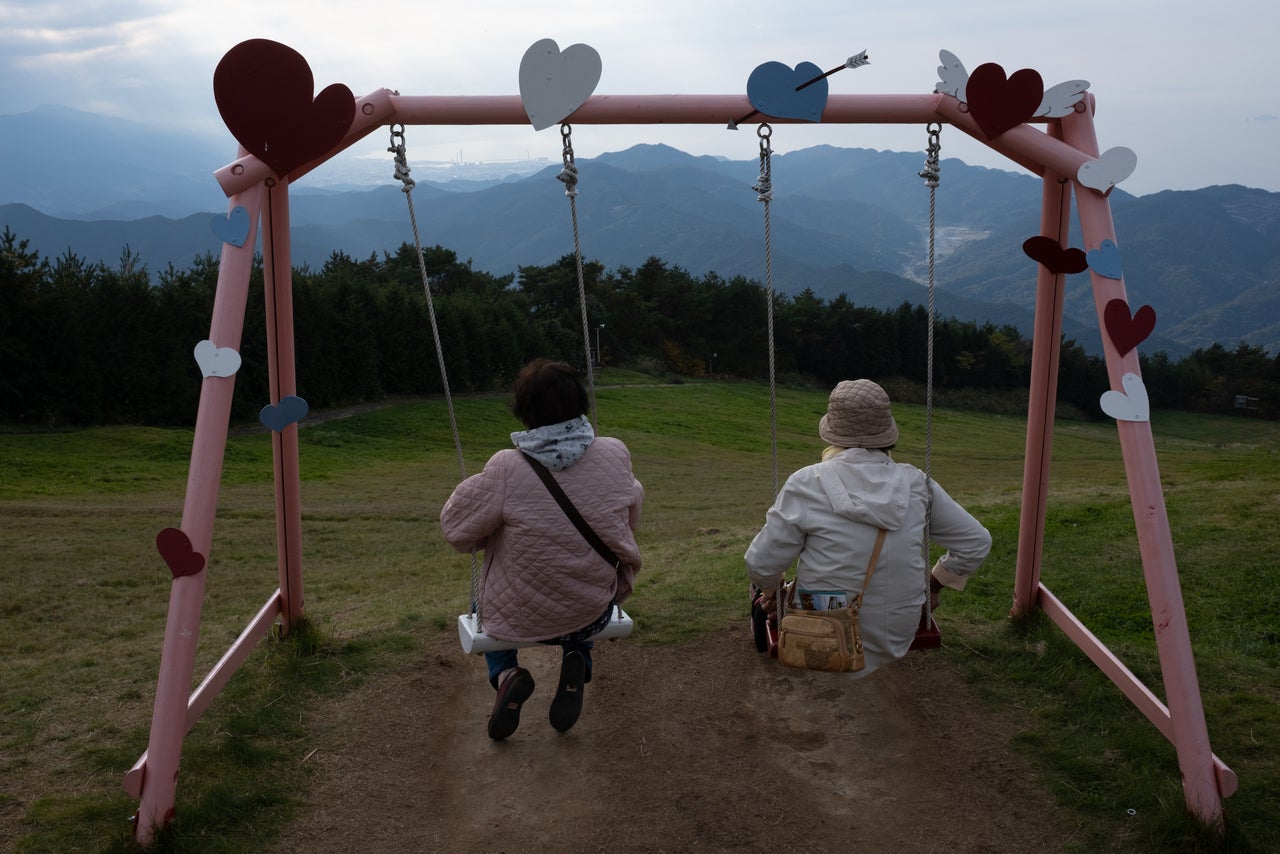
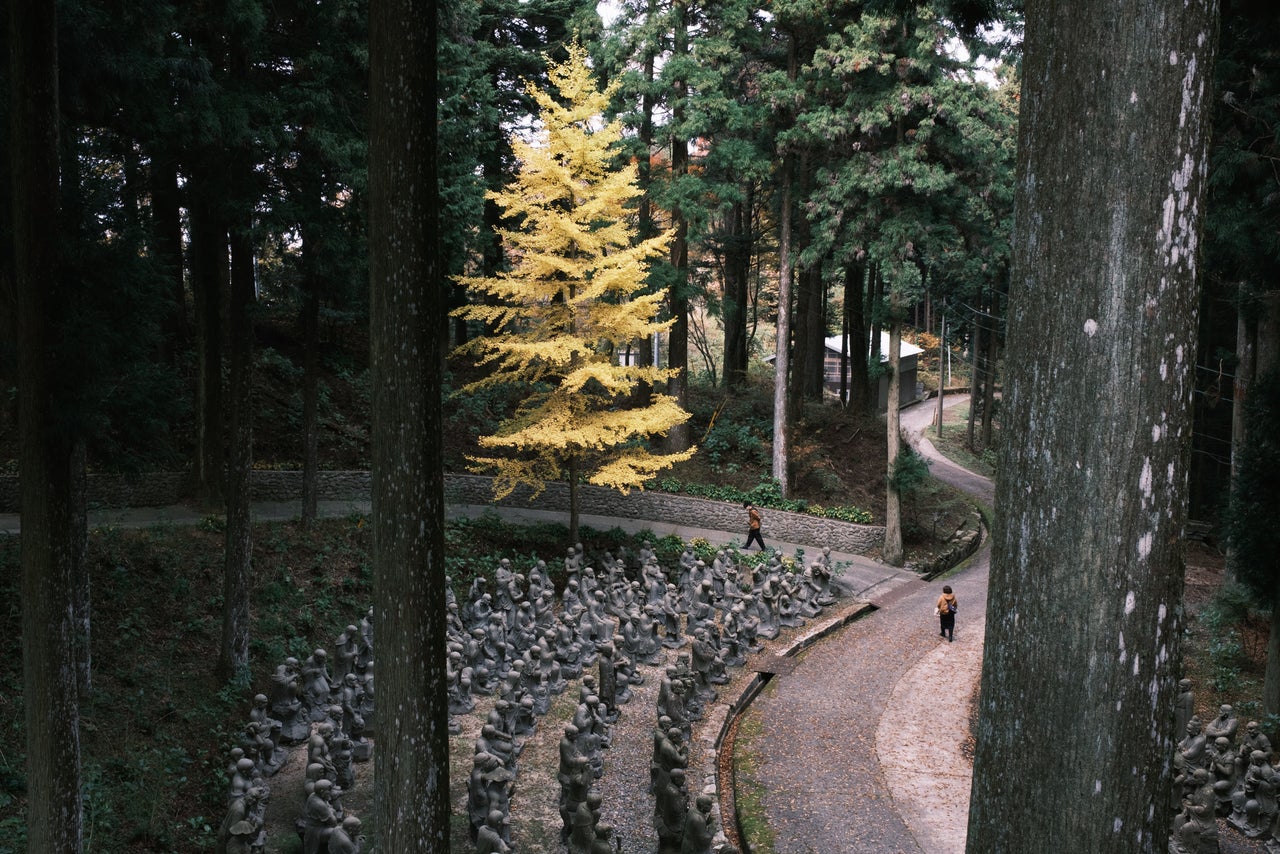

Shikoku is also home to the legendary pilgrimage route called the Ohenro, which consists of 88 Buddhist temples dispersed throughout the four prefectures that make up Japan’s smallest island. Each temple has its own distinct character, providing for a very different experience from the more unified Zen temple designs of areas like Kyoto. On one fall afternoon, at the mountaintop Unpenji Temple in Tokushima (No. 66 of 88), I found myself in an “amphitheater” of 500 “Arhat” statues (Buddha’s apprentices), watched over by a lone ginkgo in its spectacular golden glory.
With experiences like these, a weaker yen and investments in new experiences and infrastructure to cater to visitors, Japan is sure to be a popular destination for travelers in 2023.
See more photos of Japan by George Nobechi below.
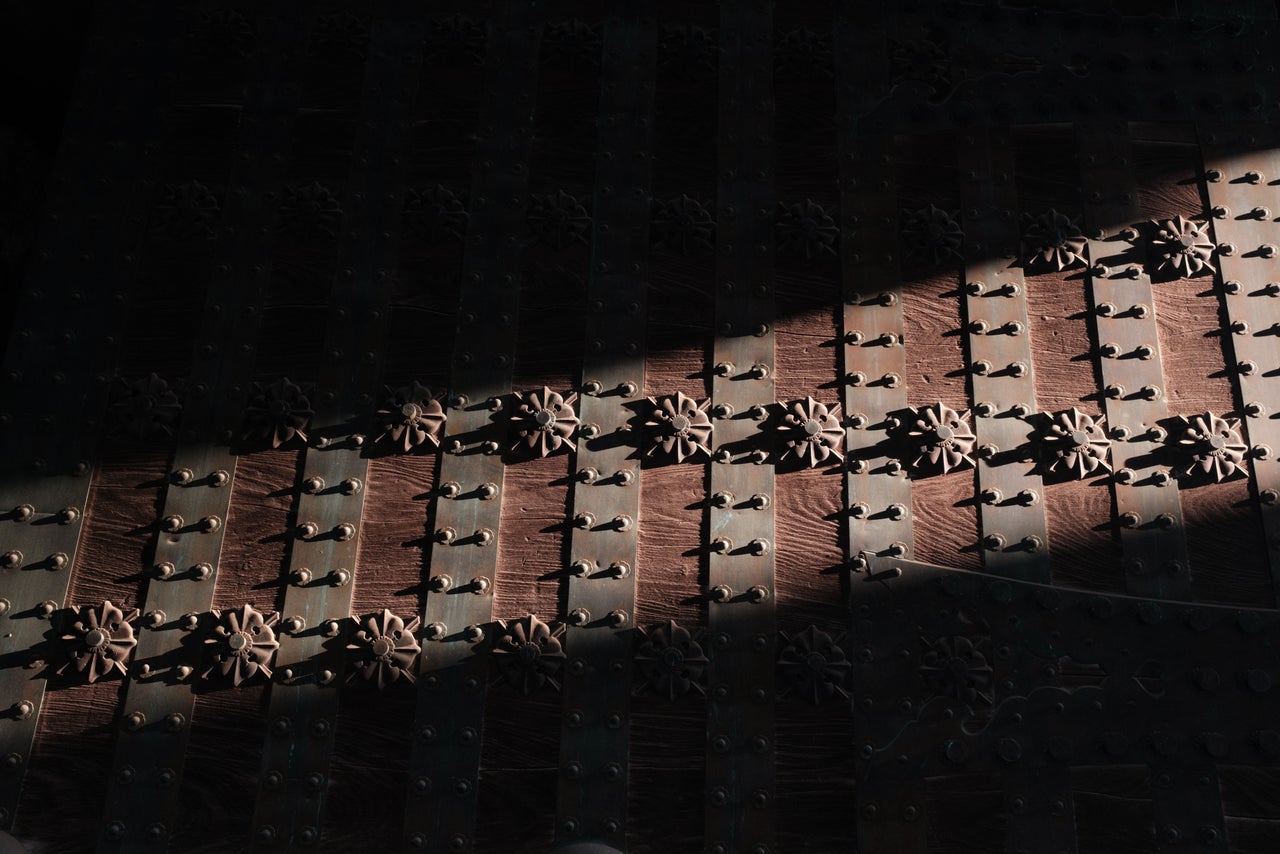
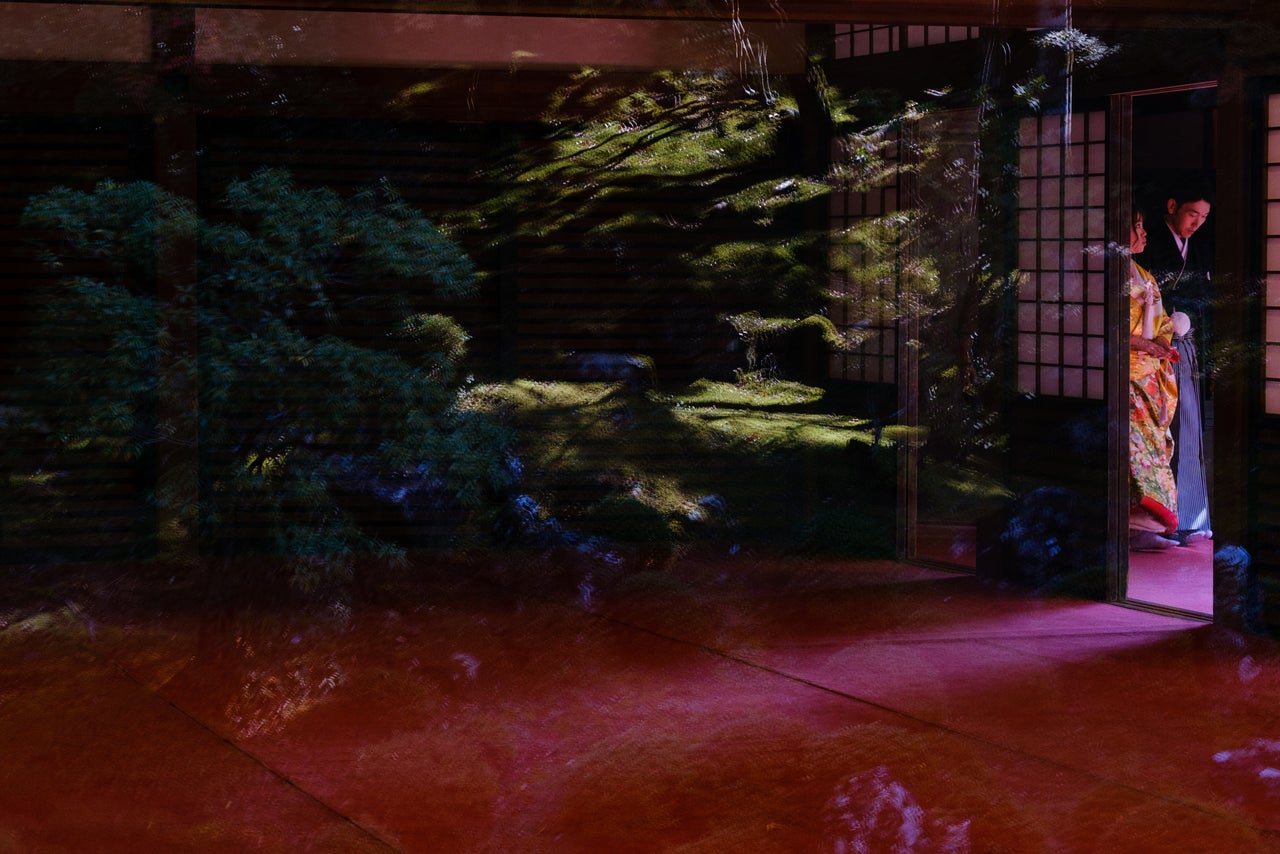
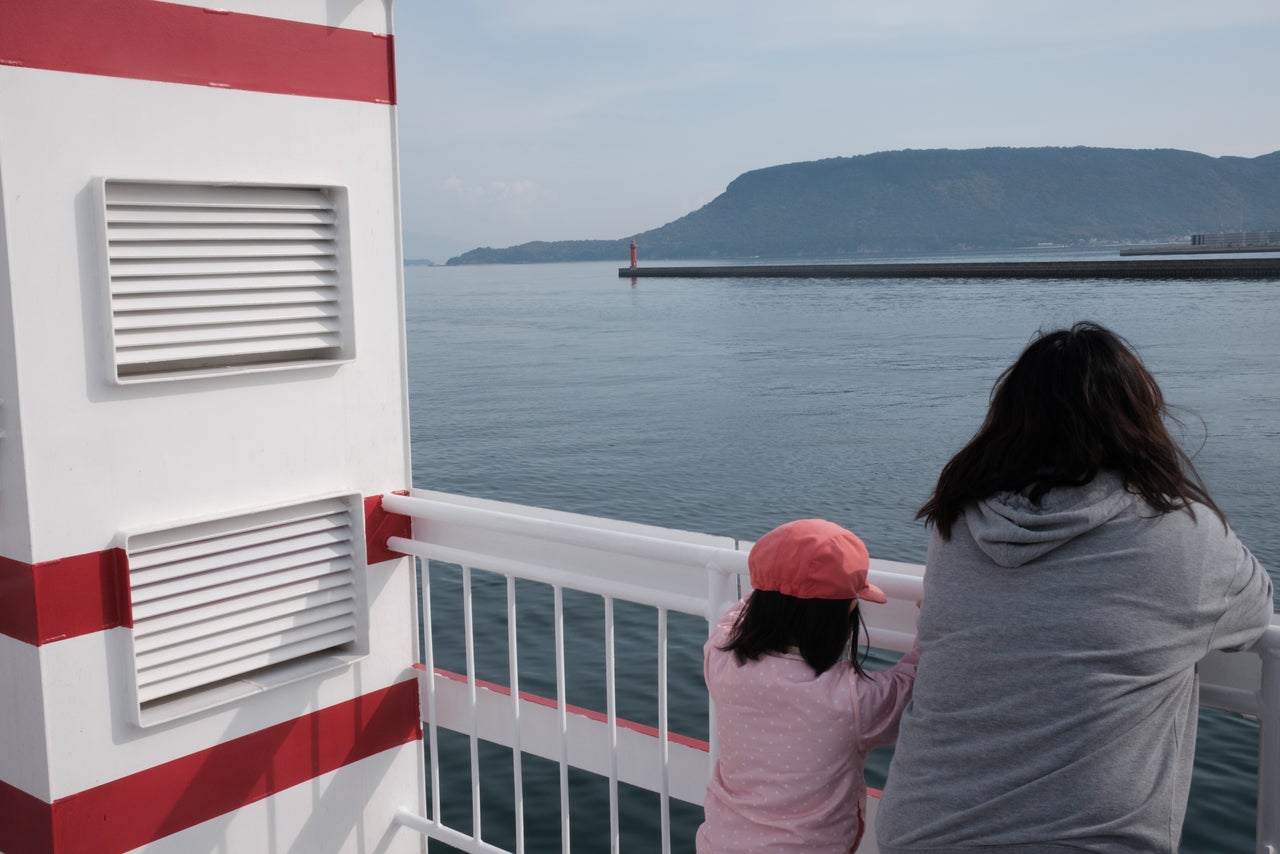
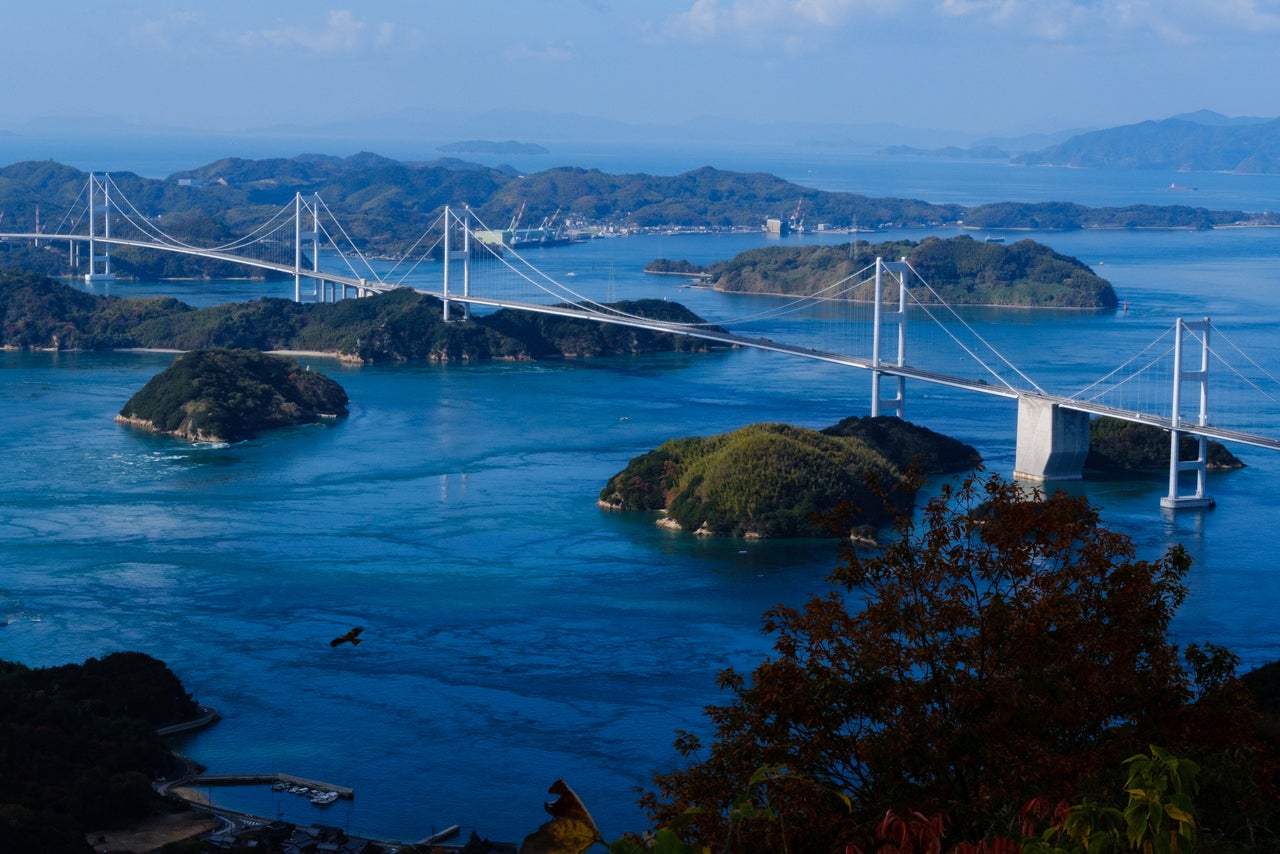
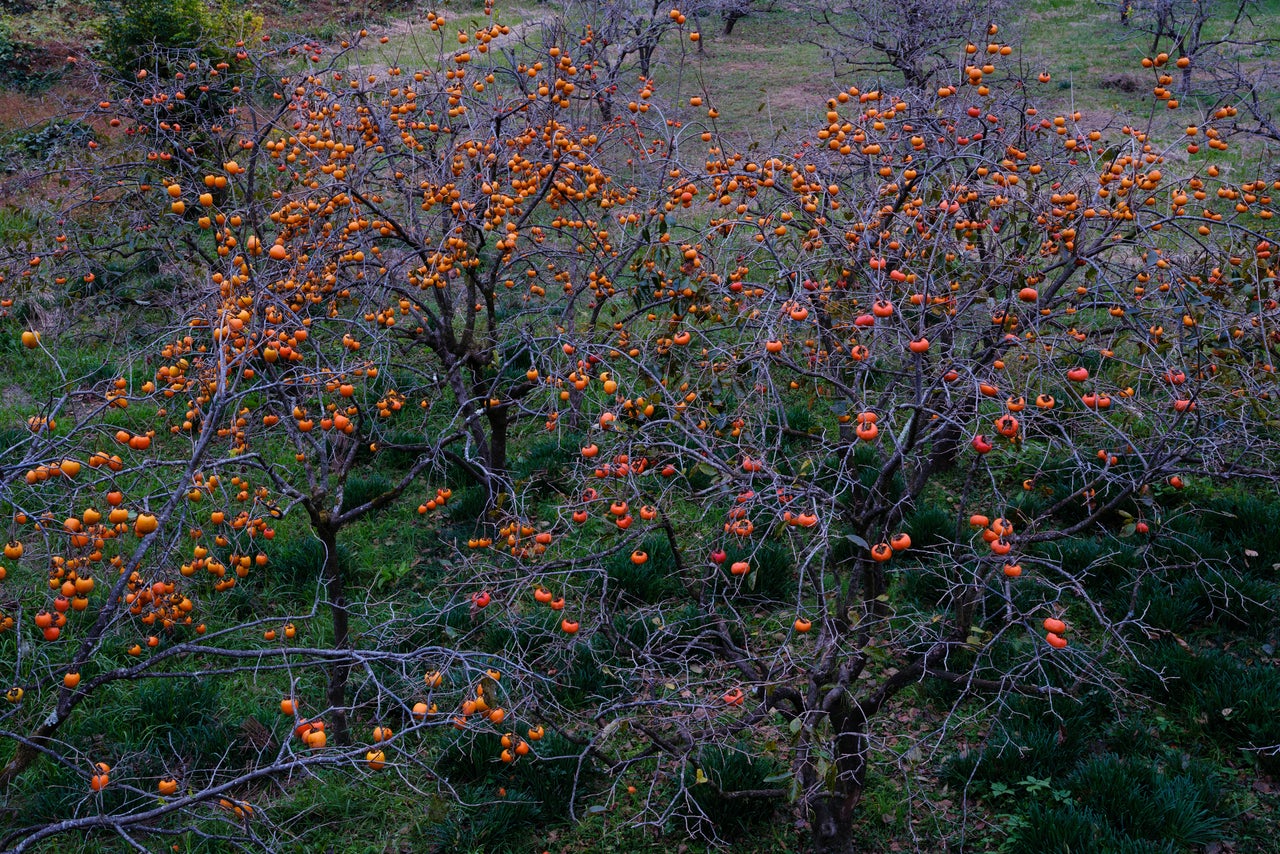
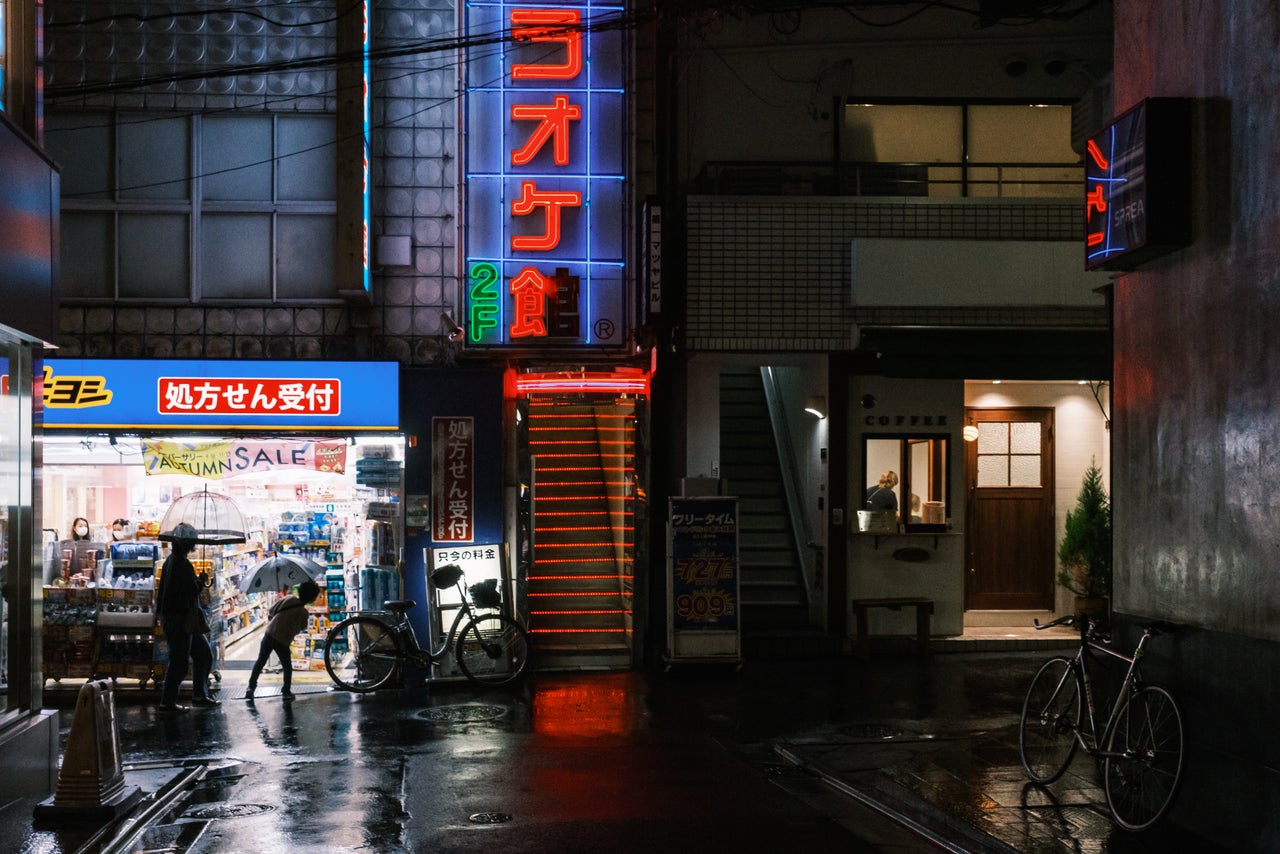
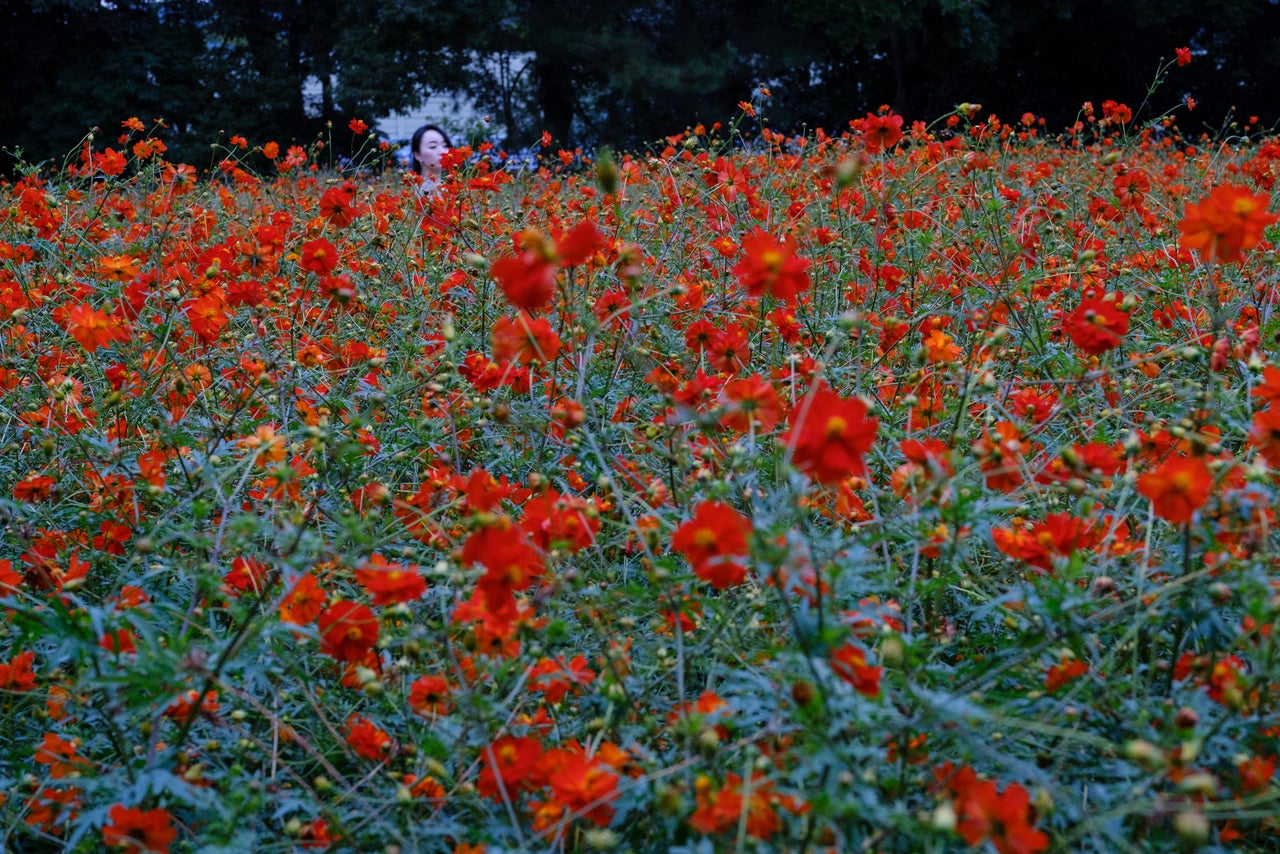
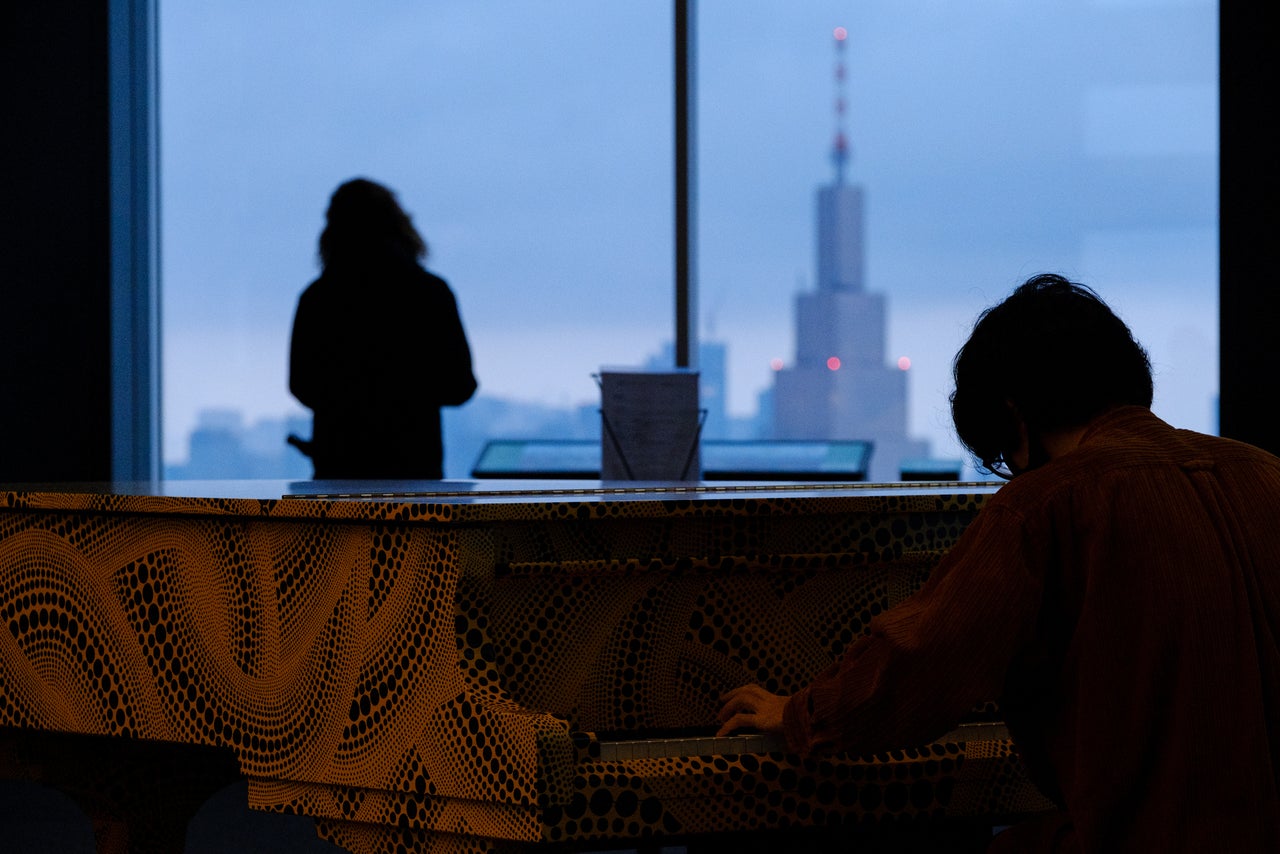

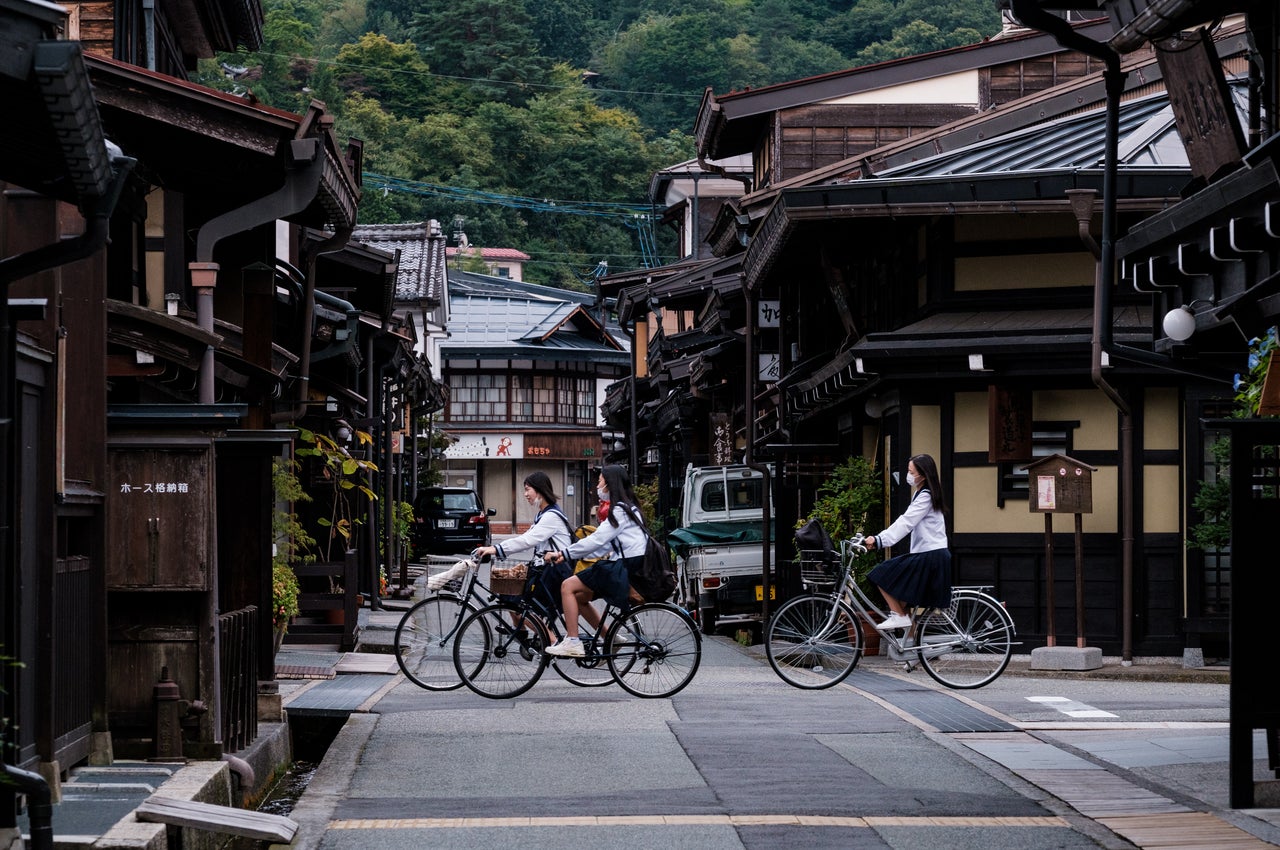
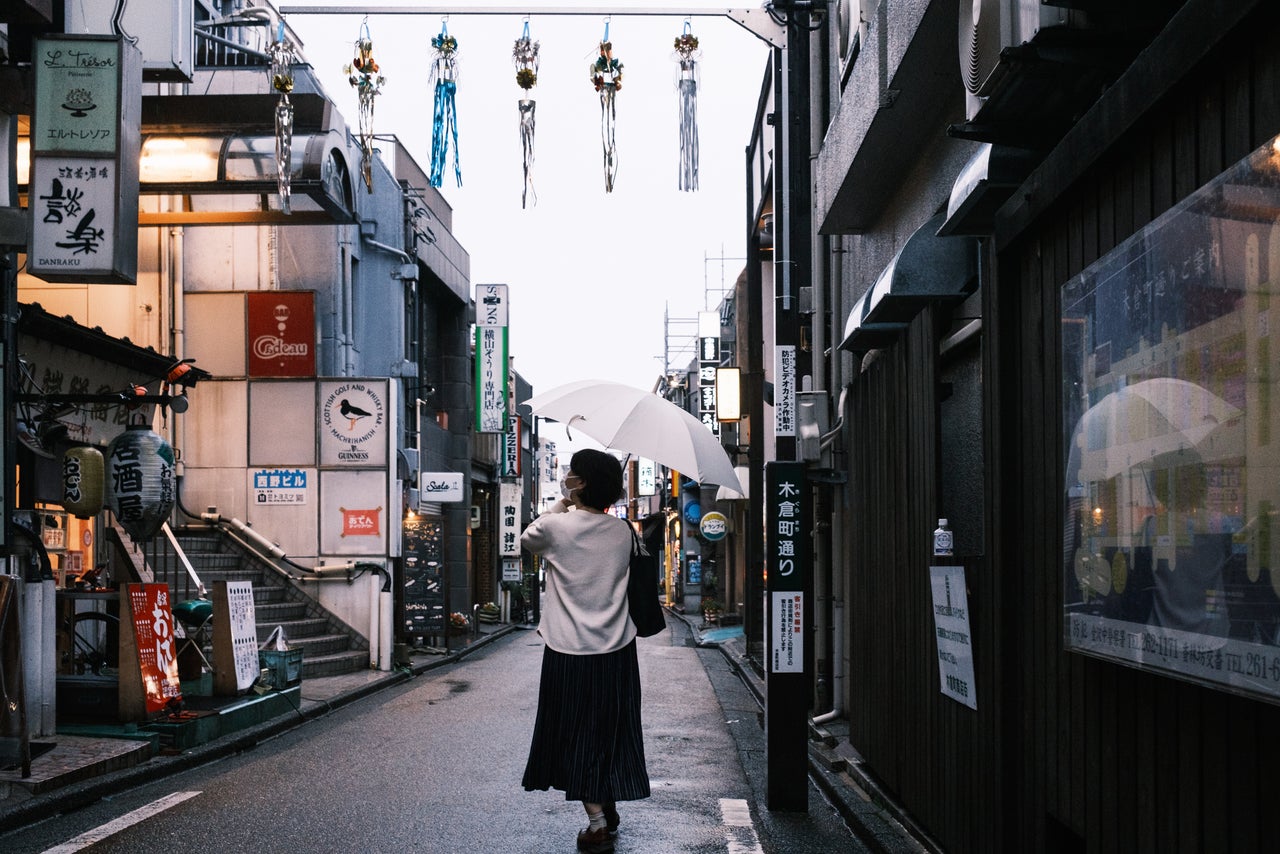

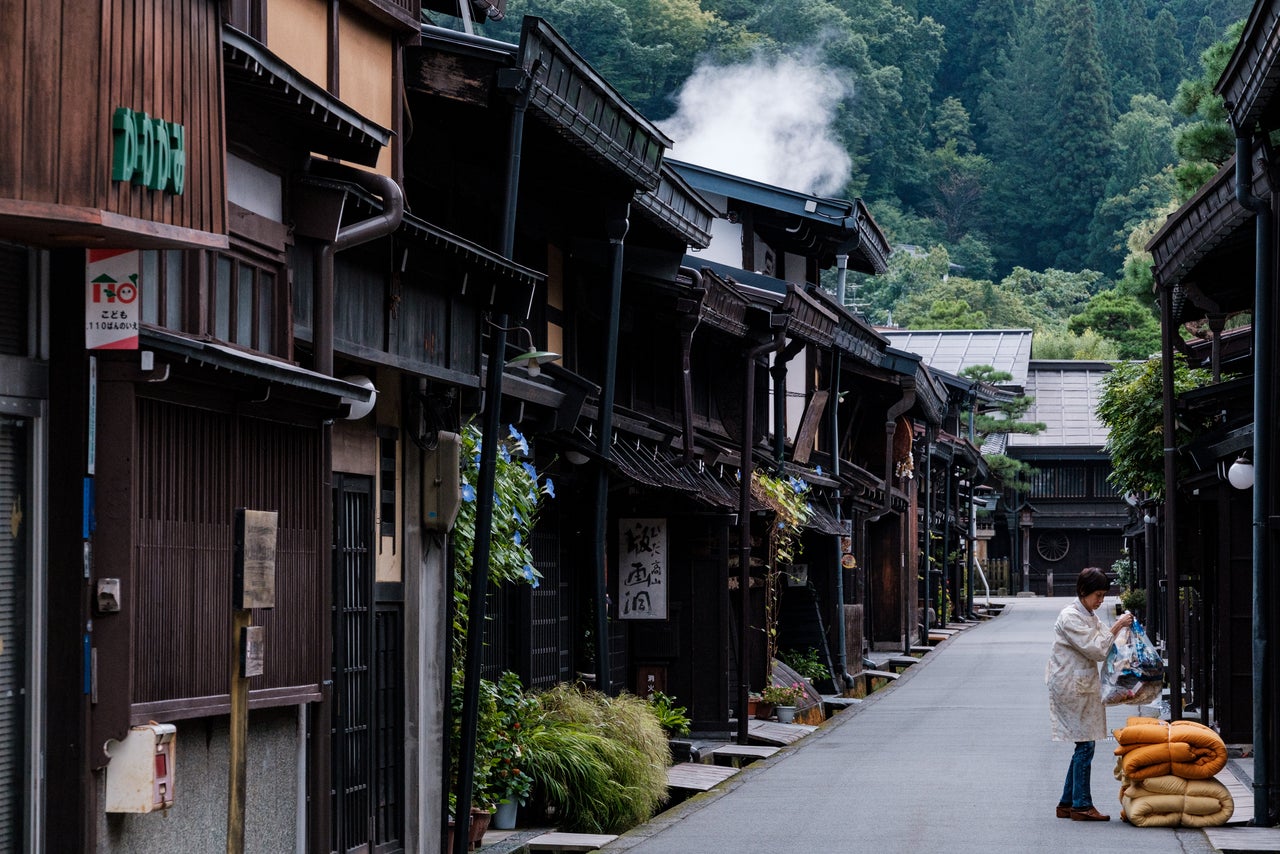
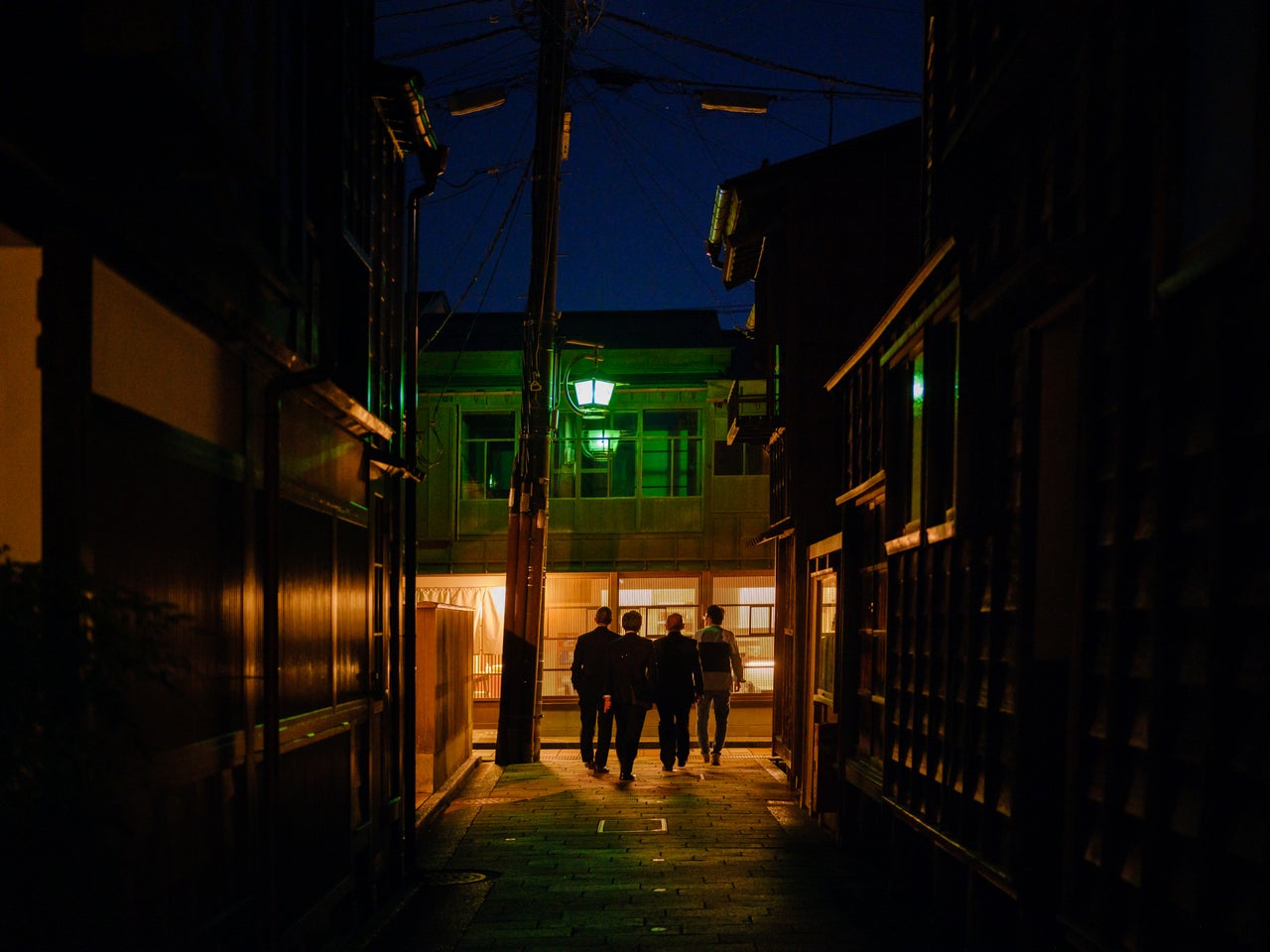
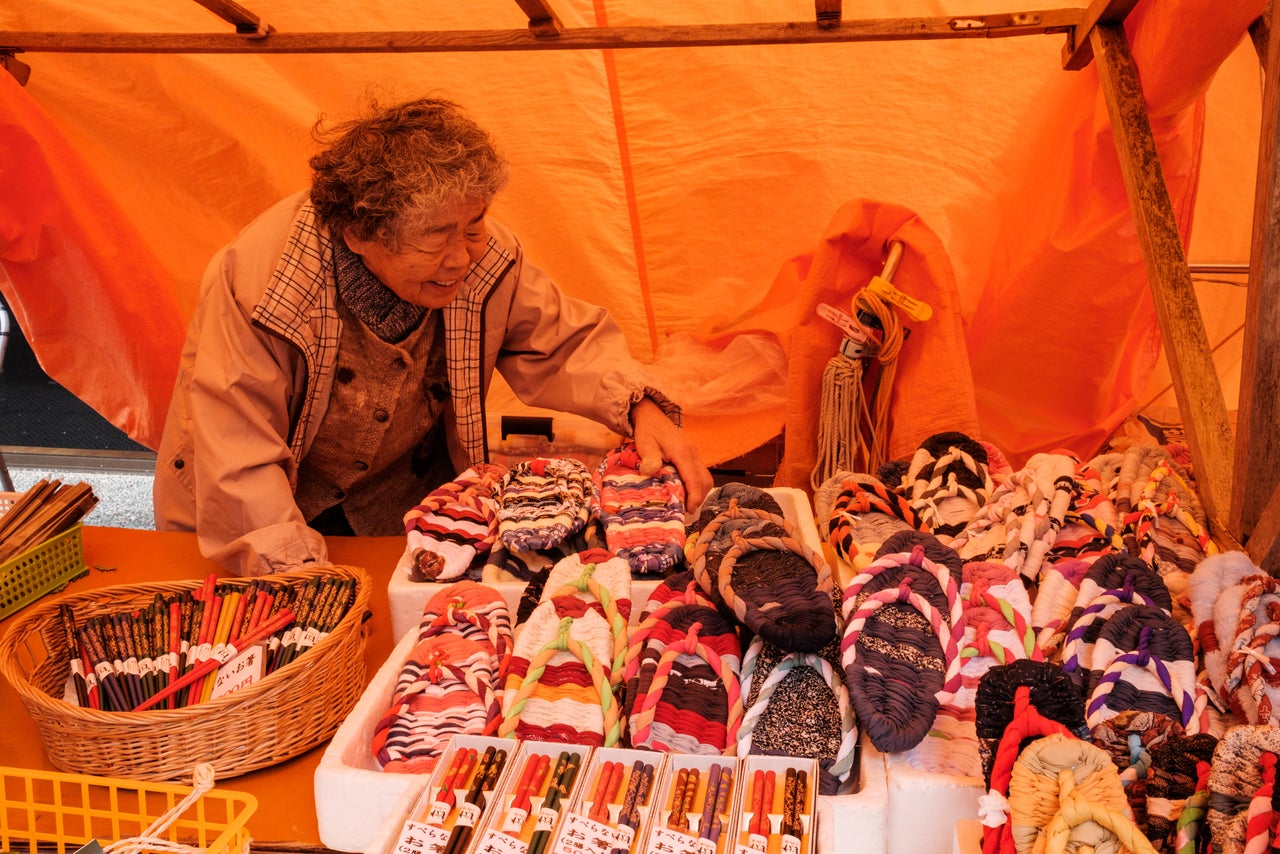

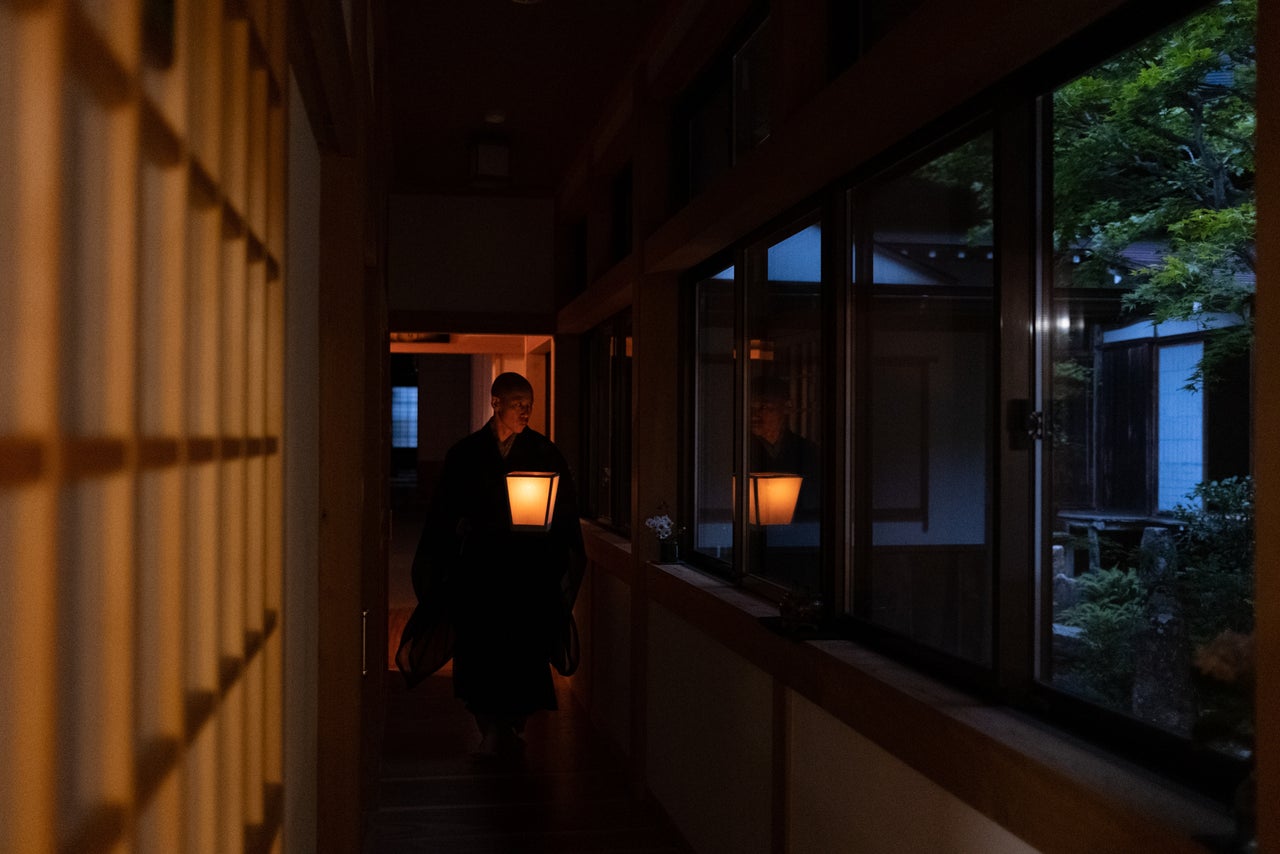
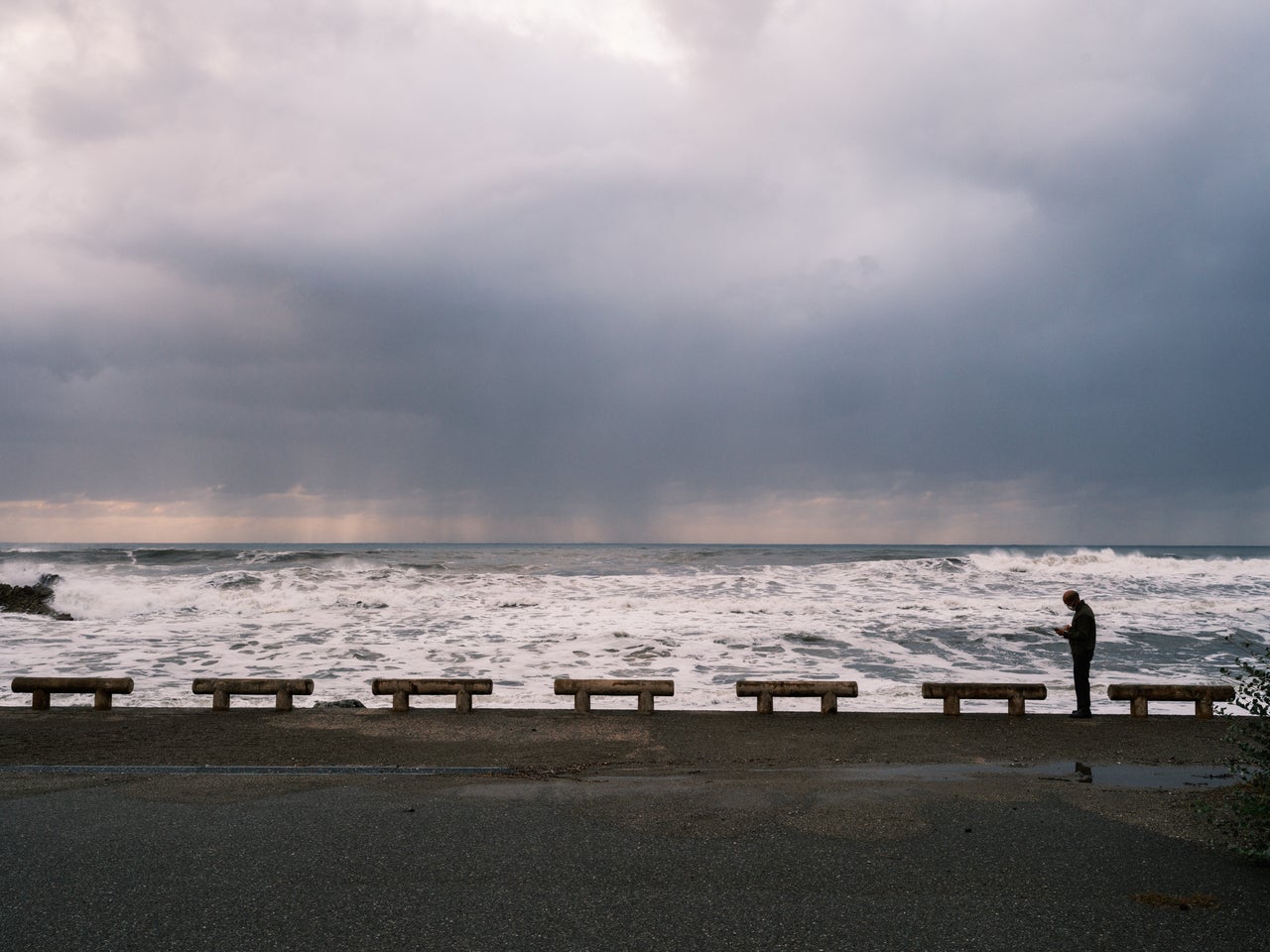
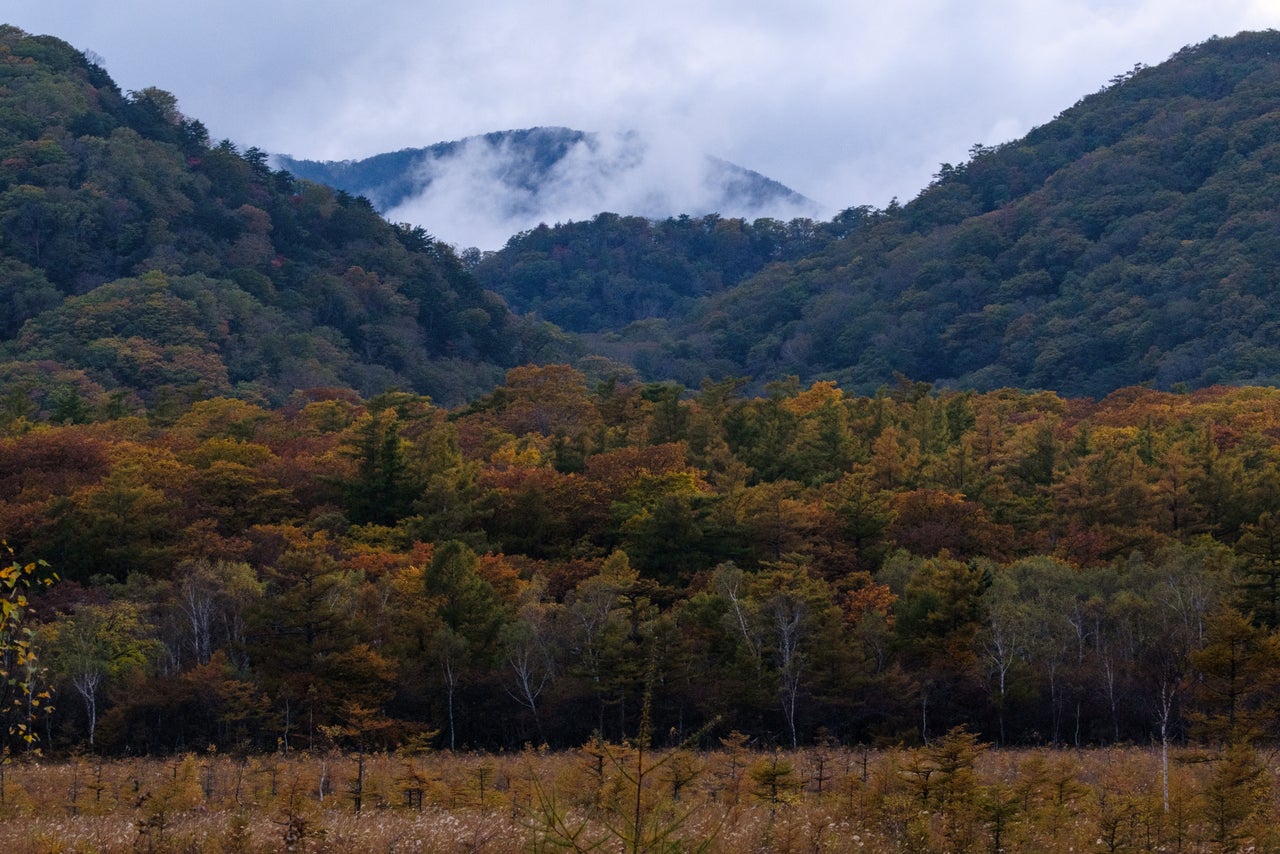


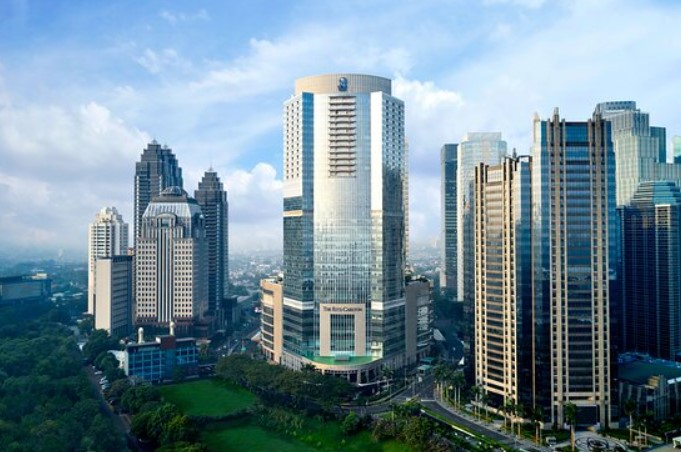
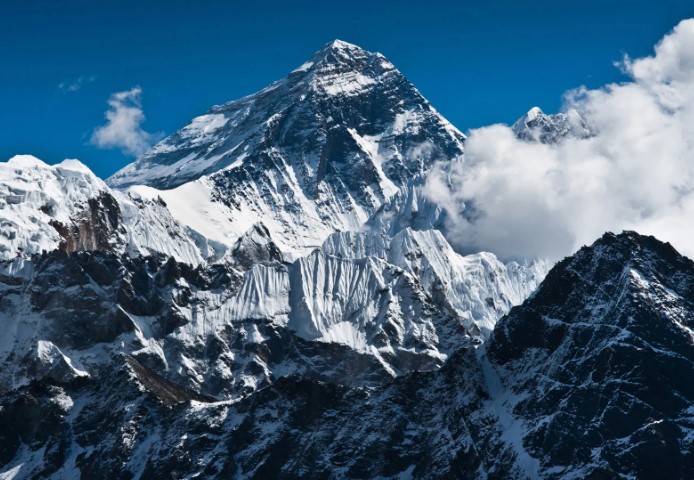
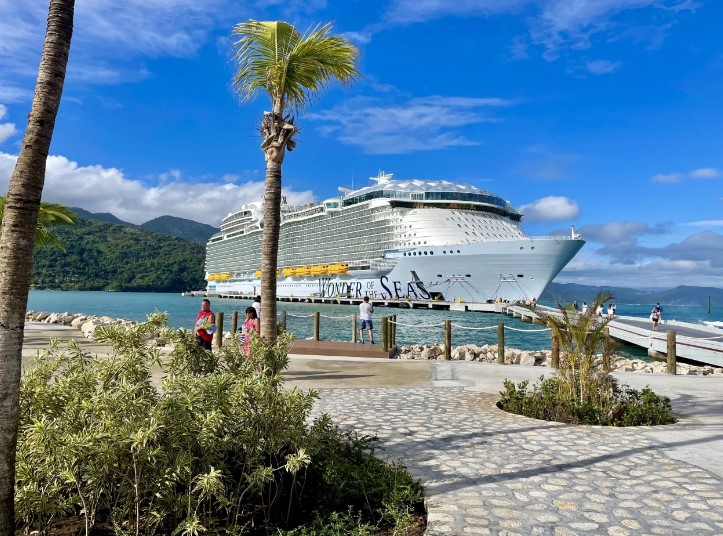
More Stories
Exploring the “Otaku Island” of Enoshima
Japan eases travel with eVisas
Should you visit Japan or South Korea?